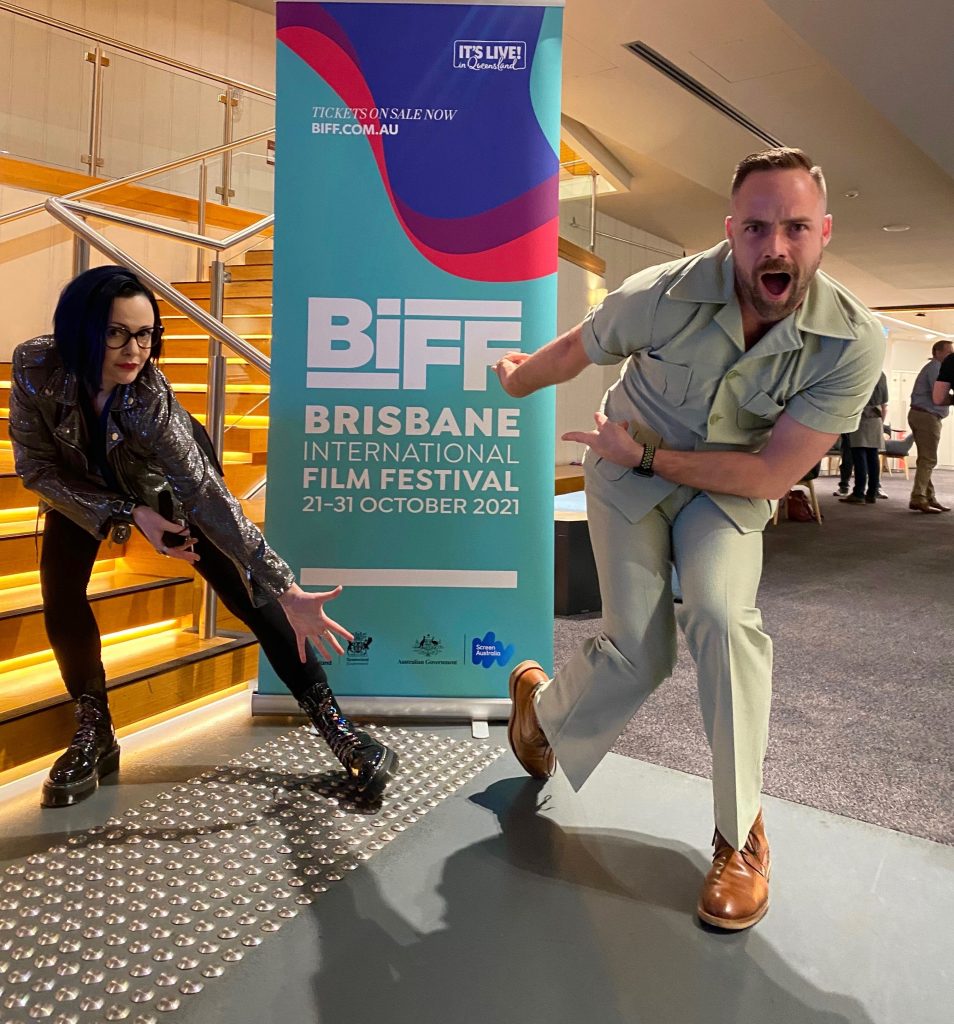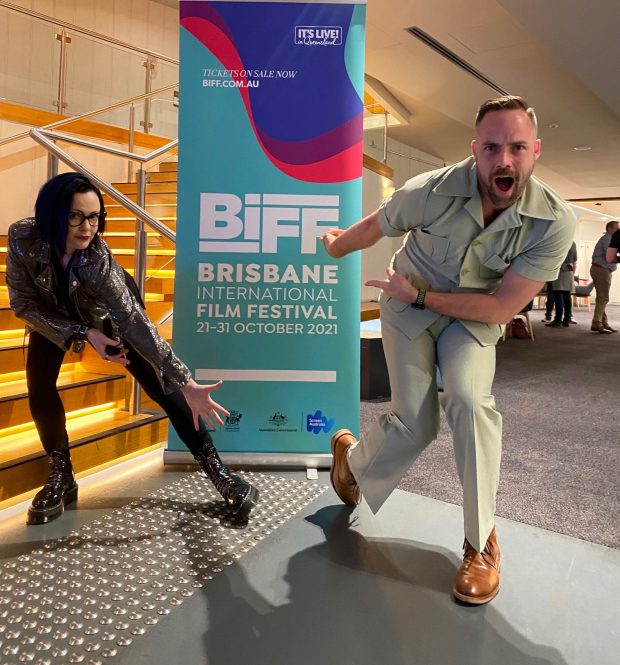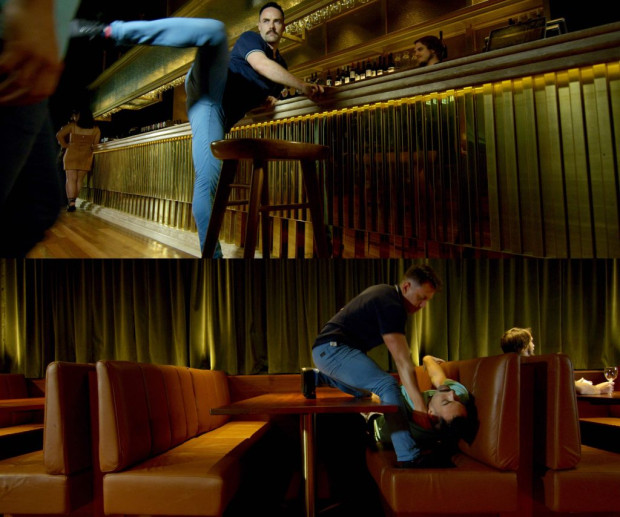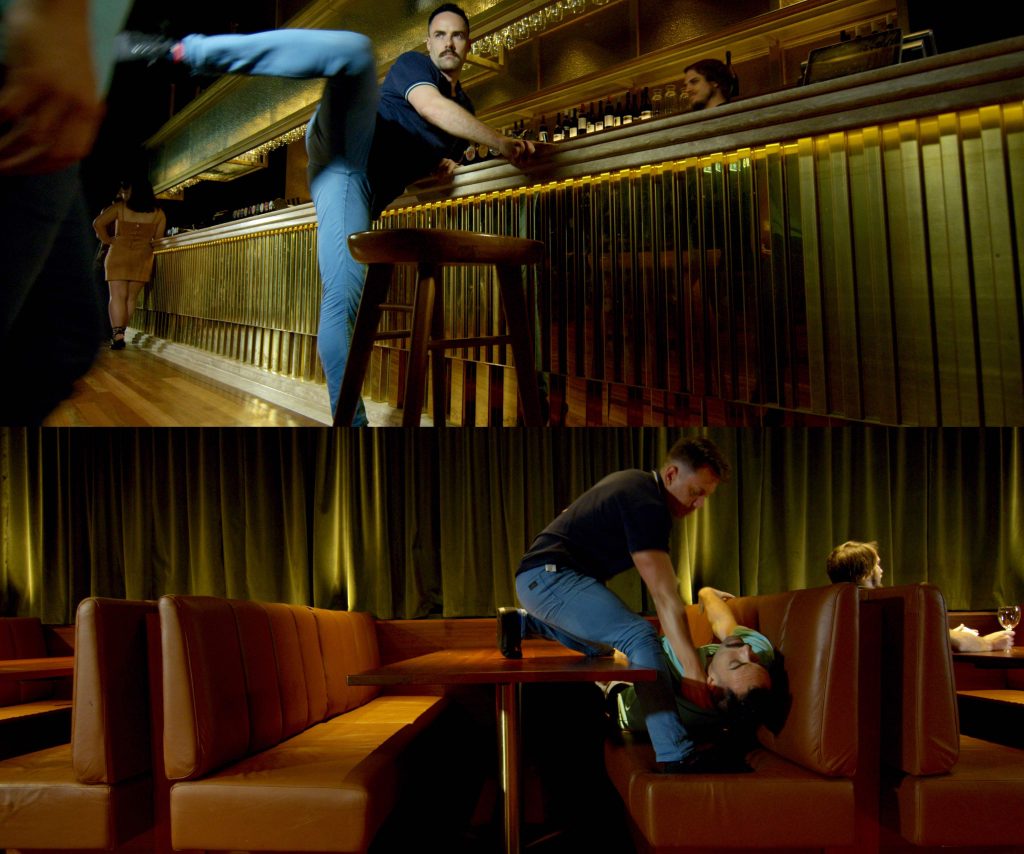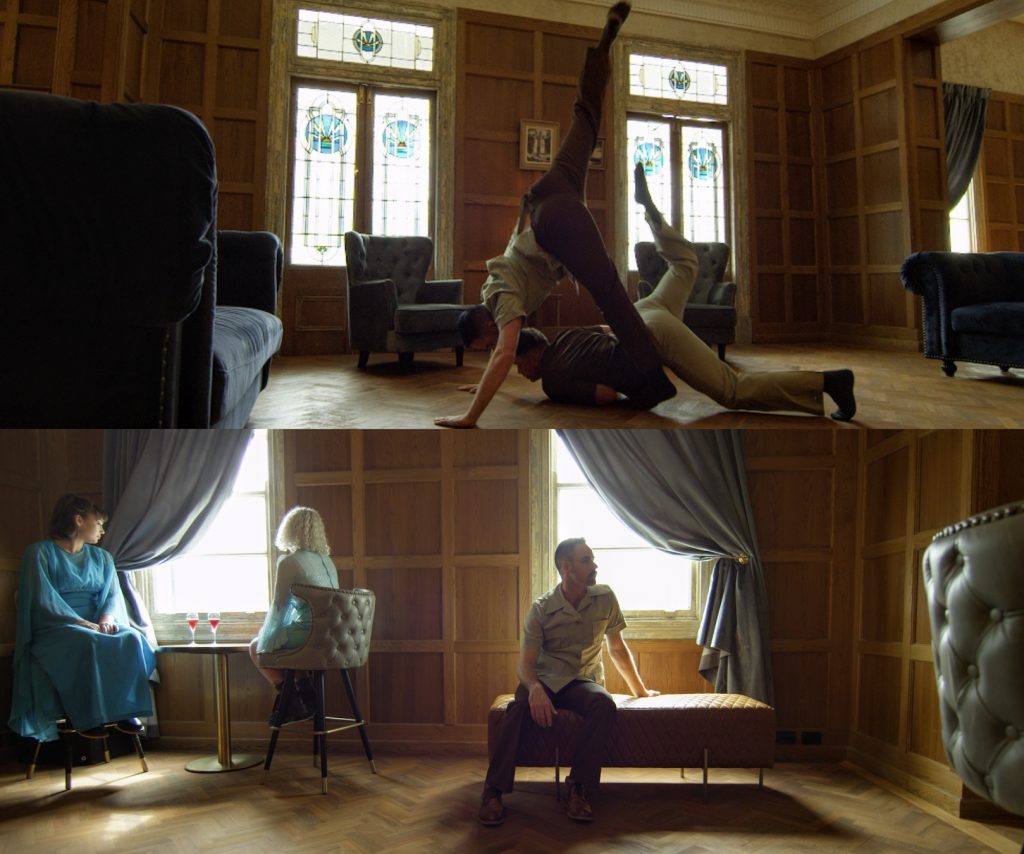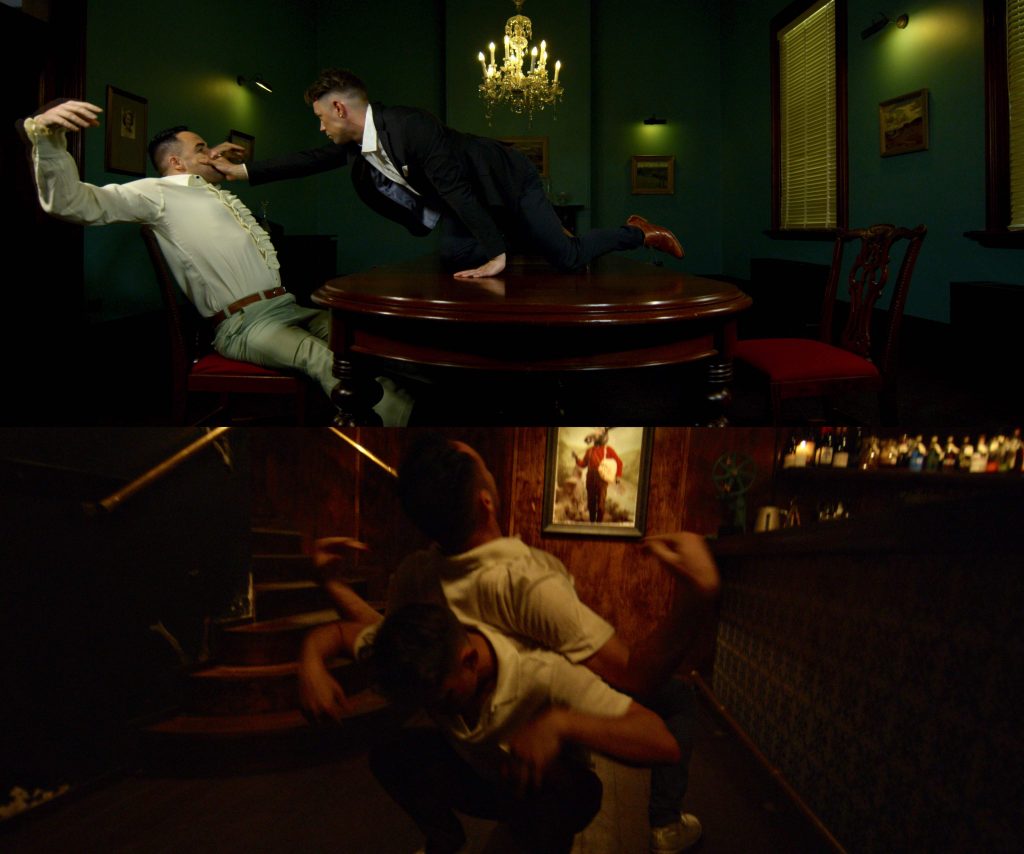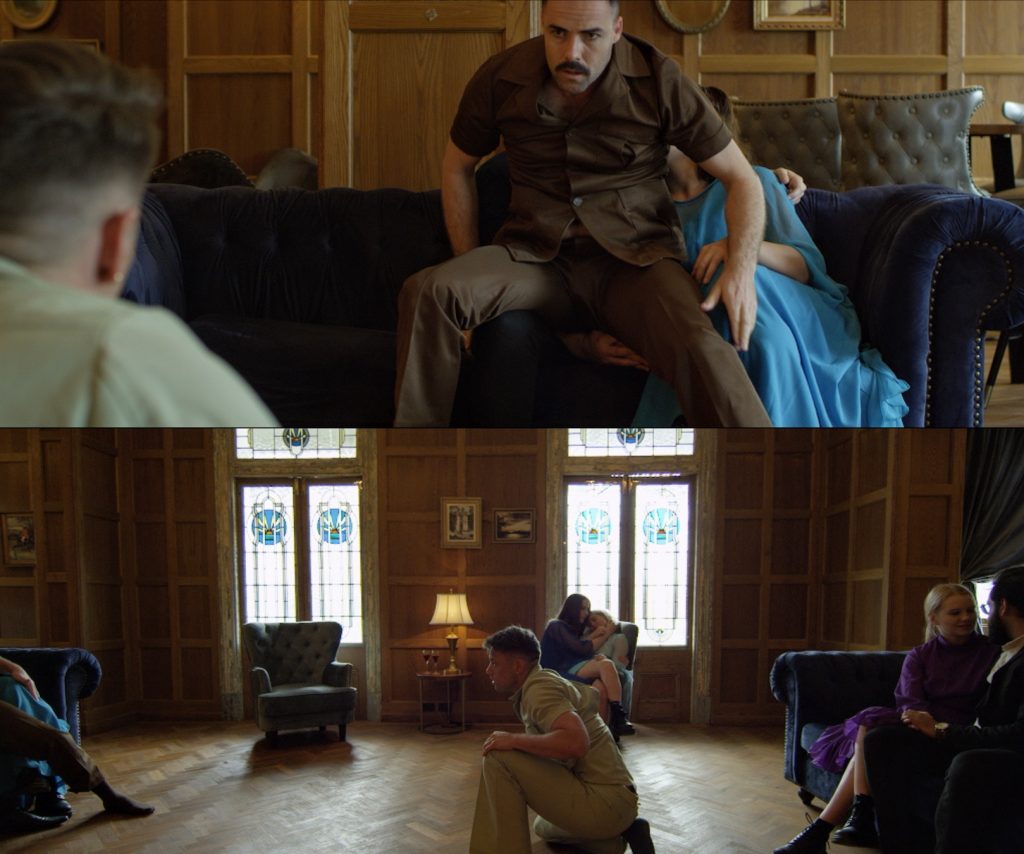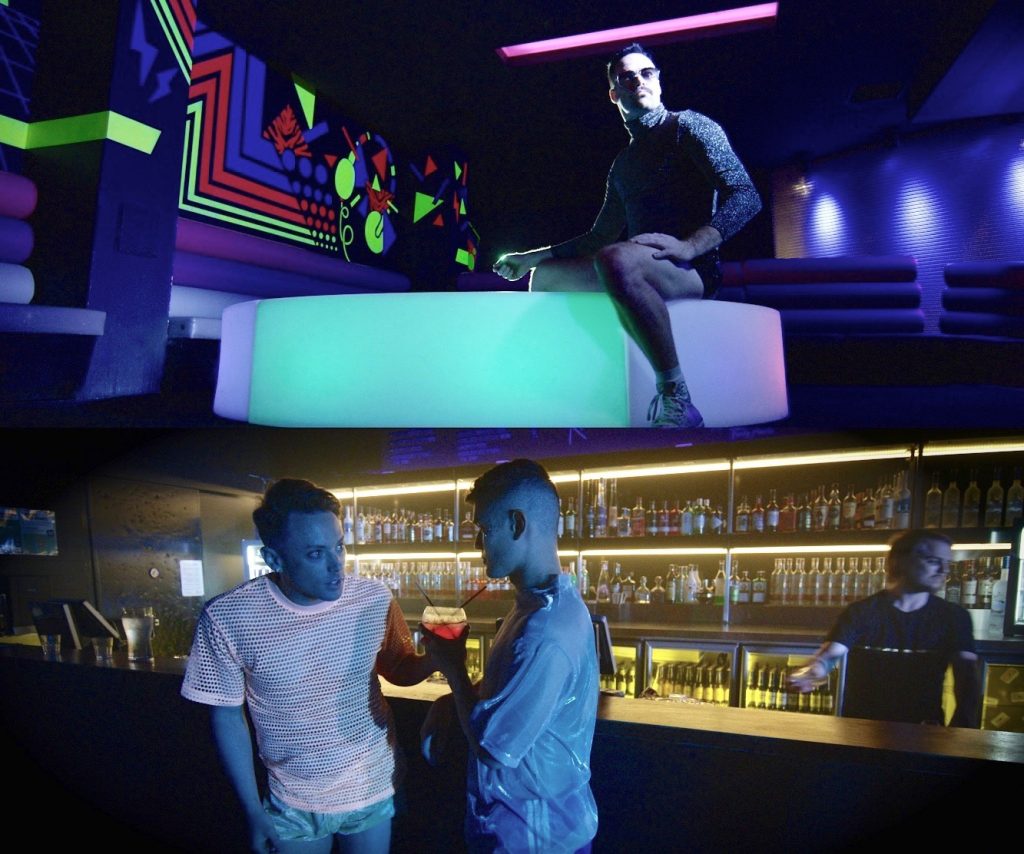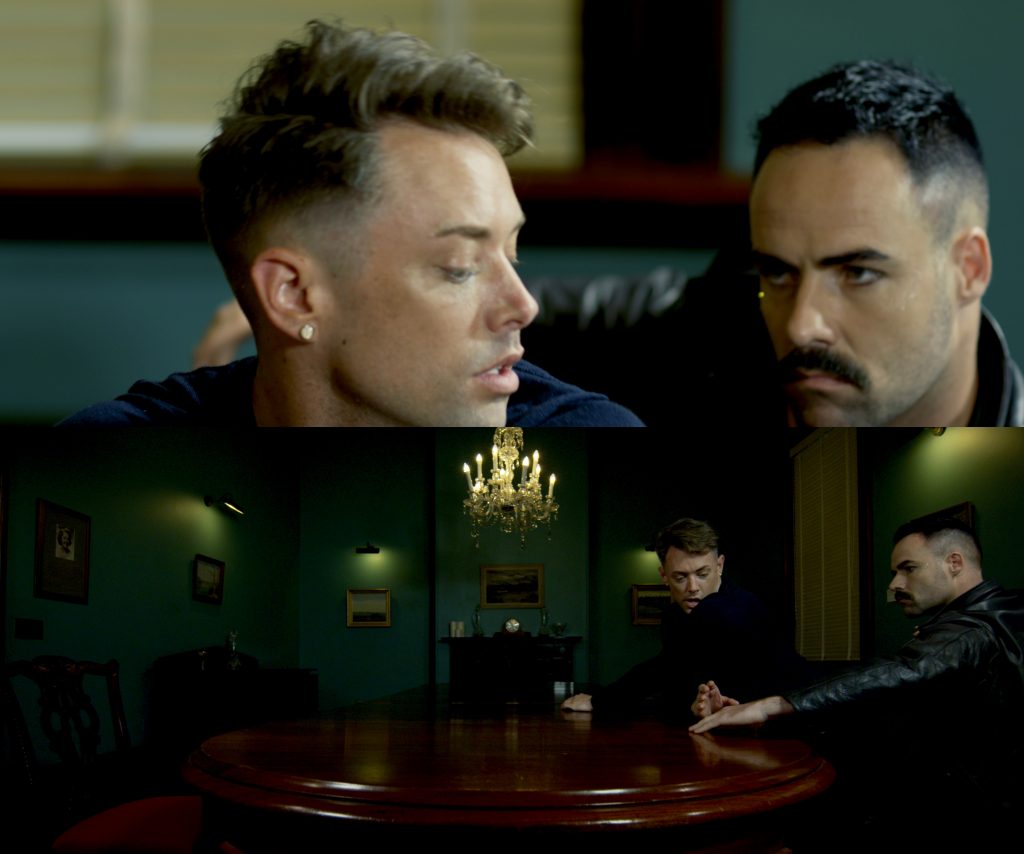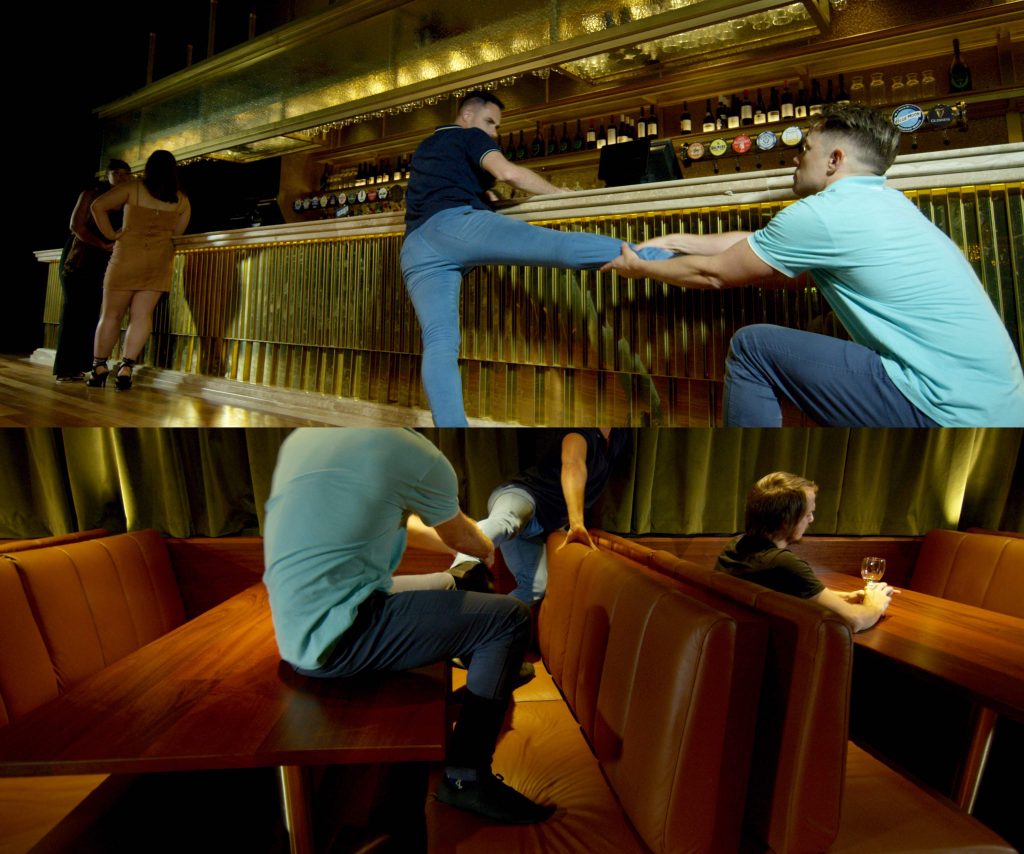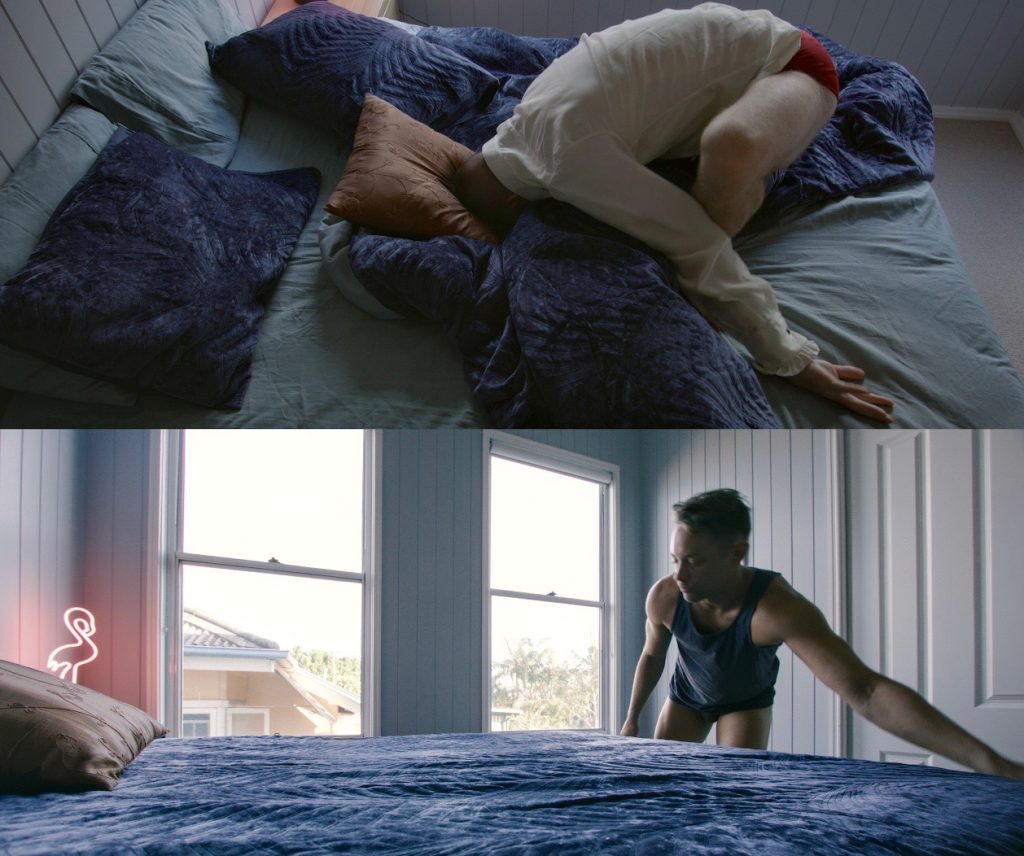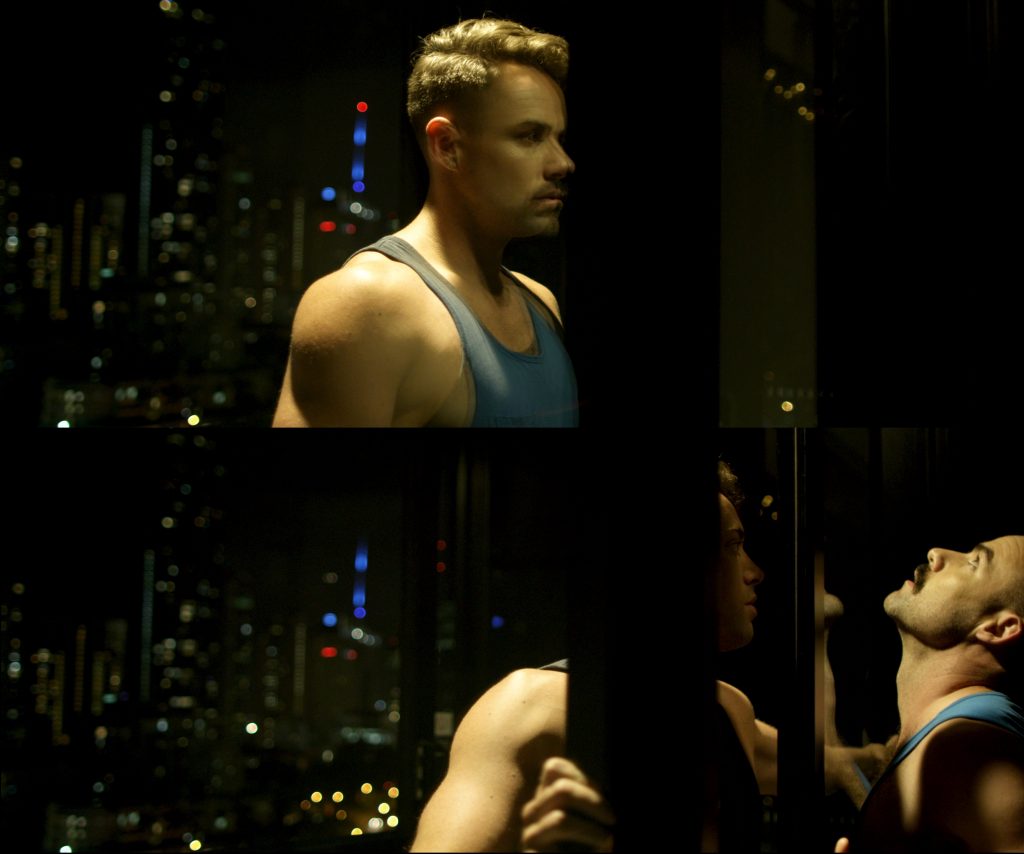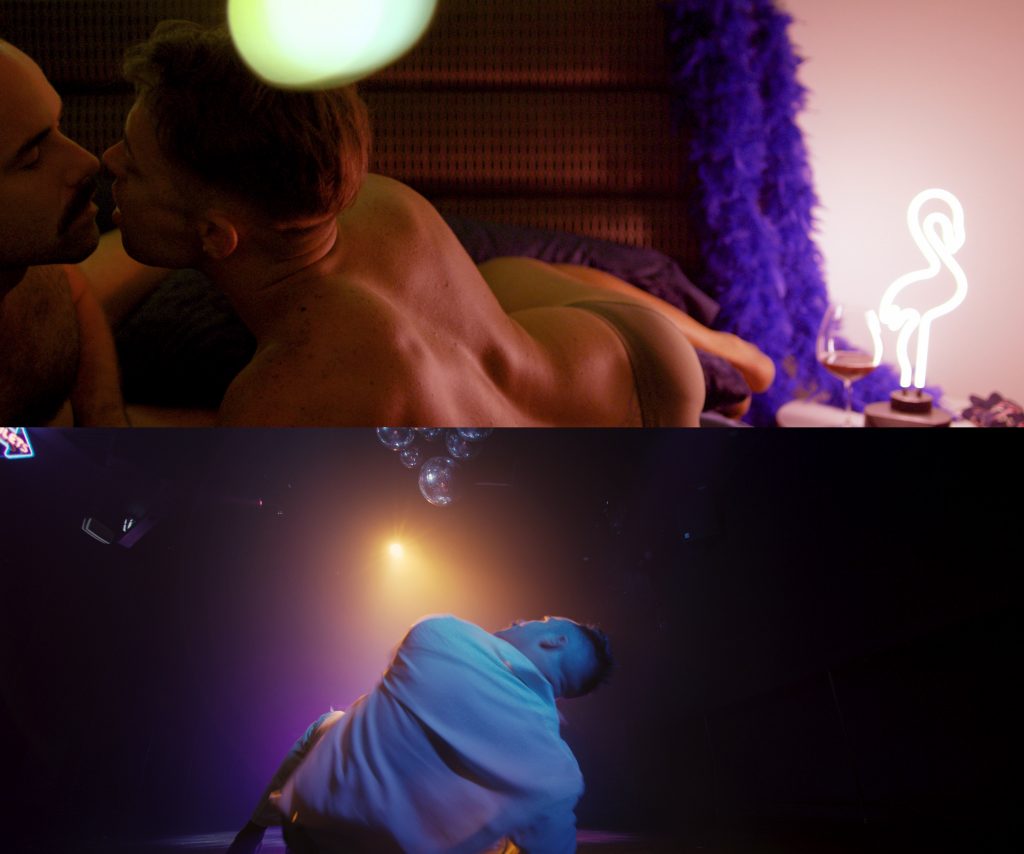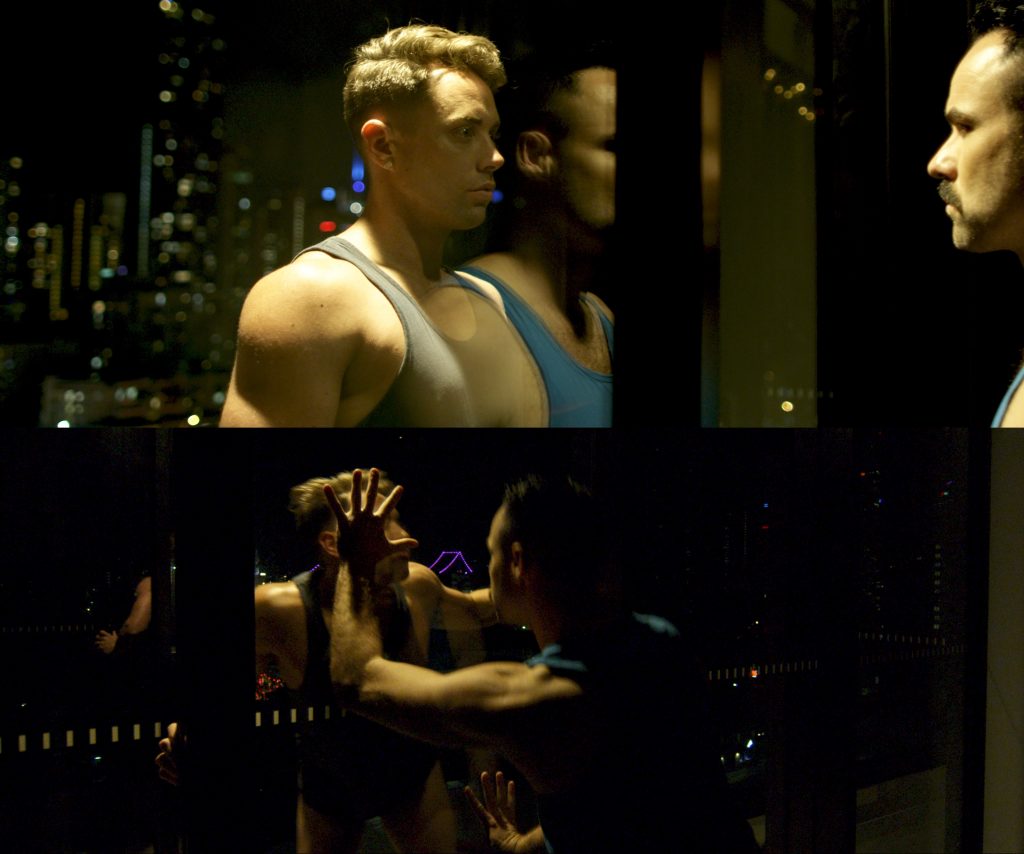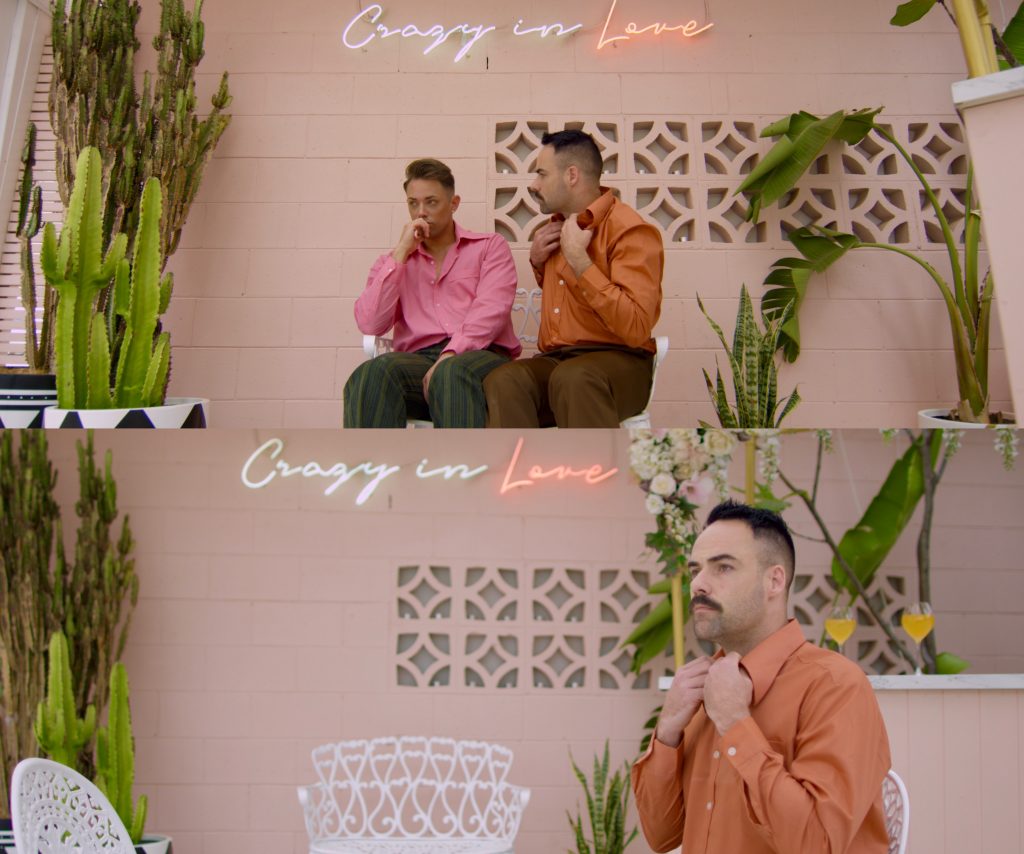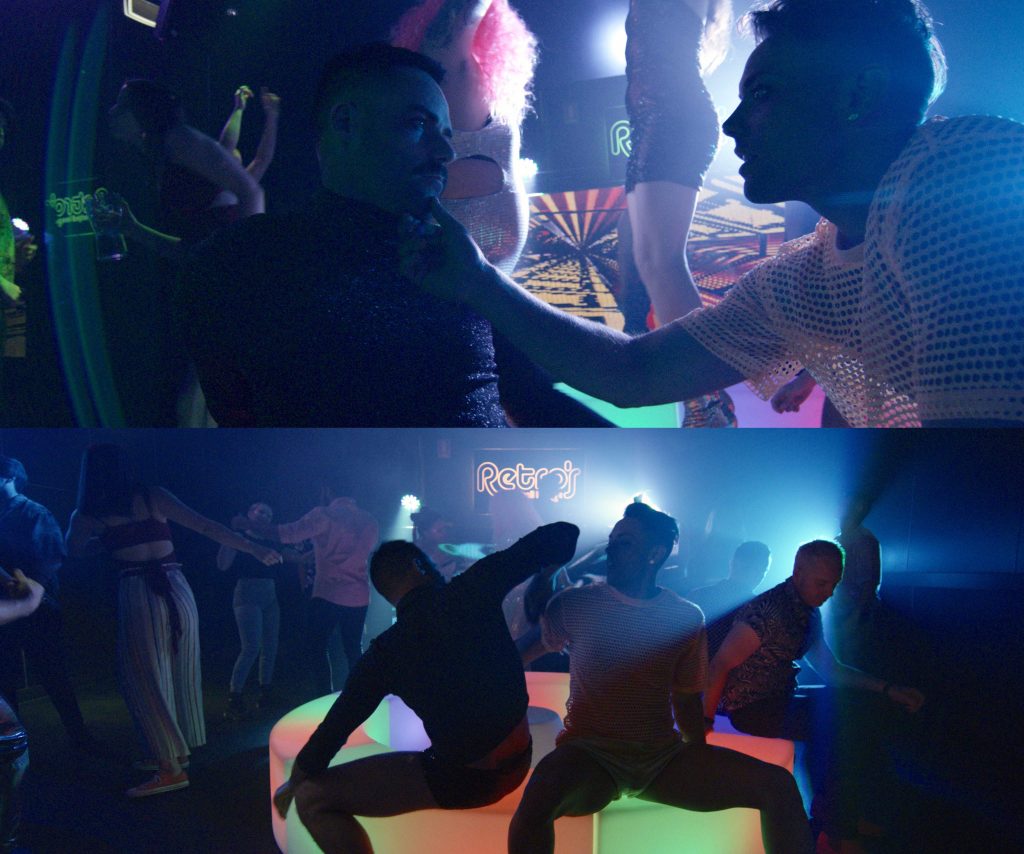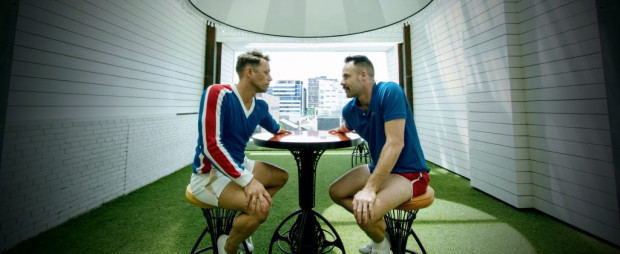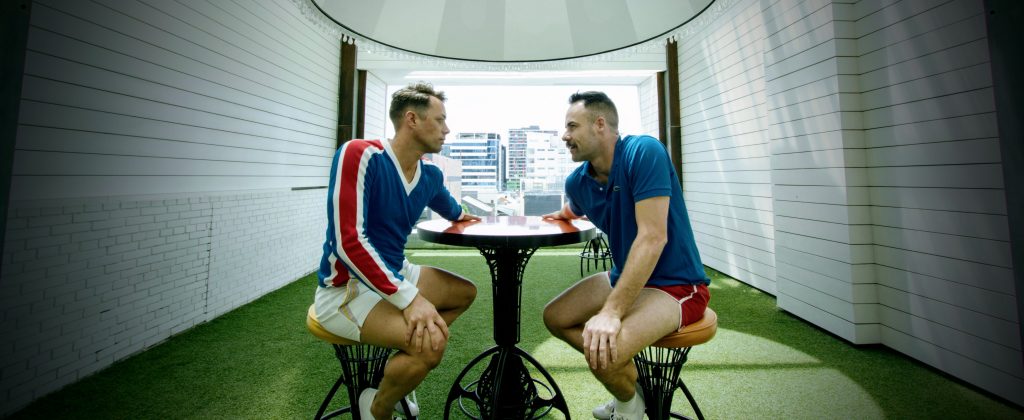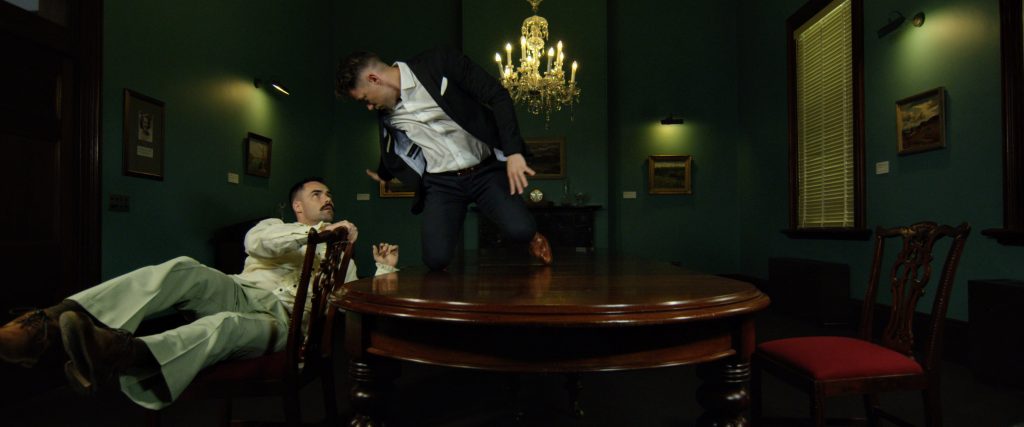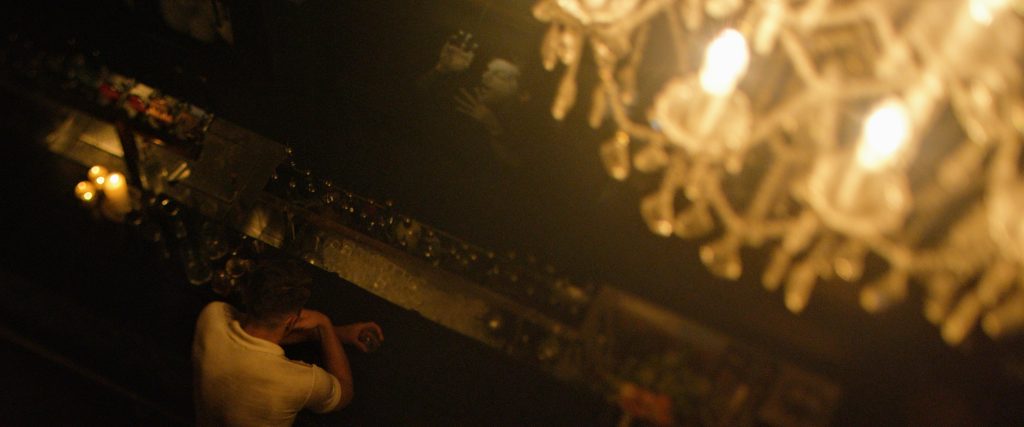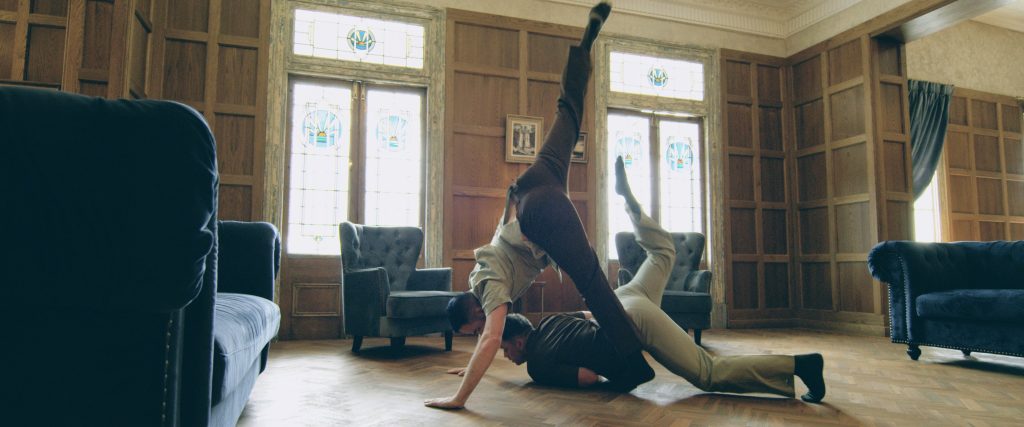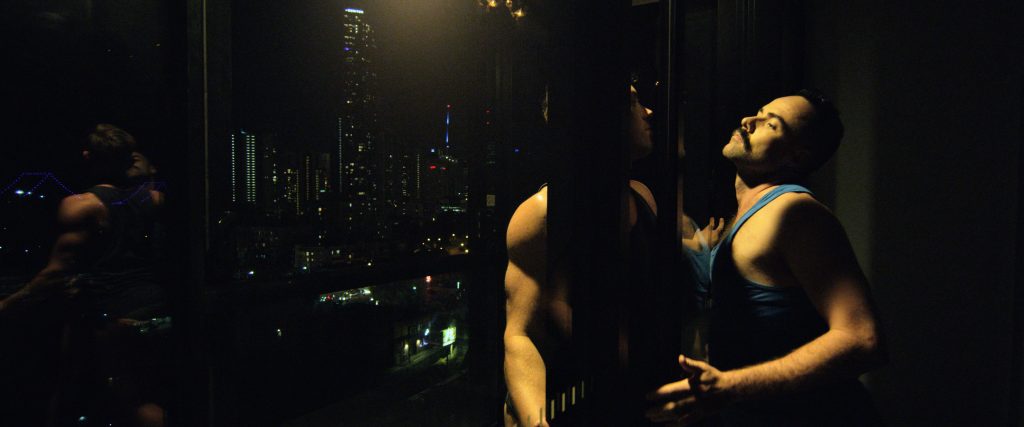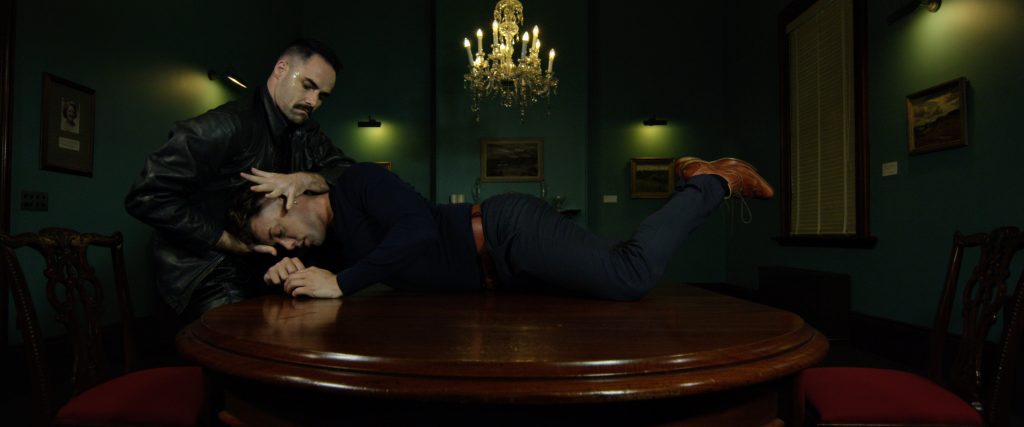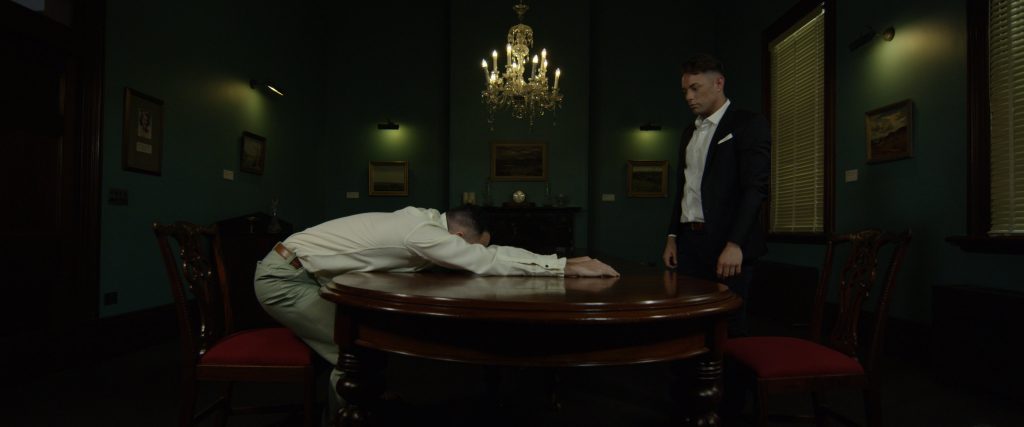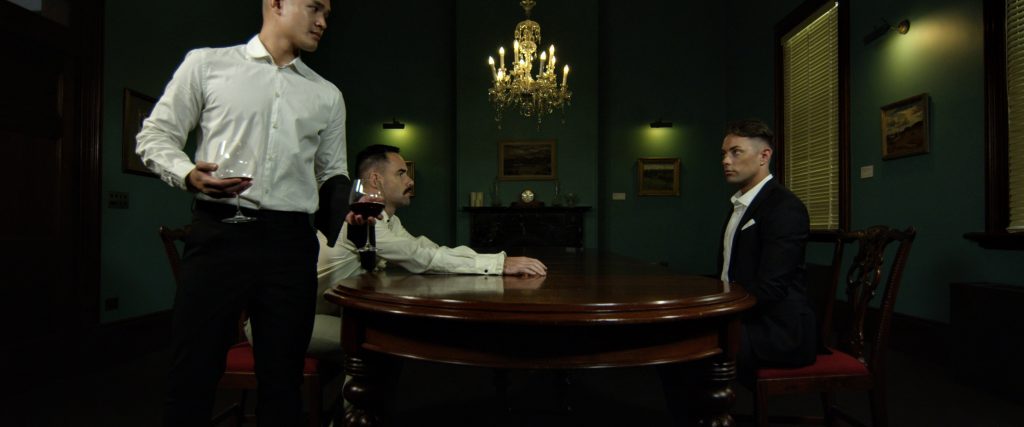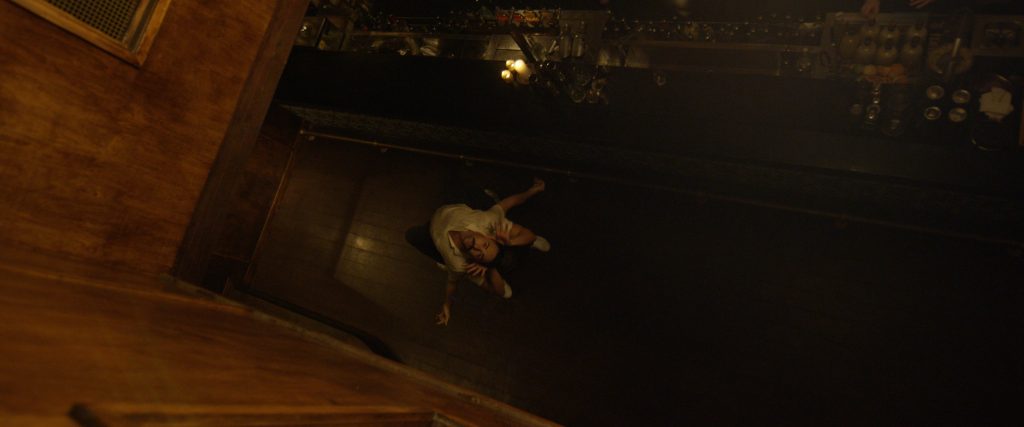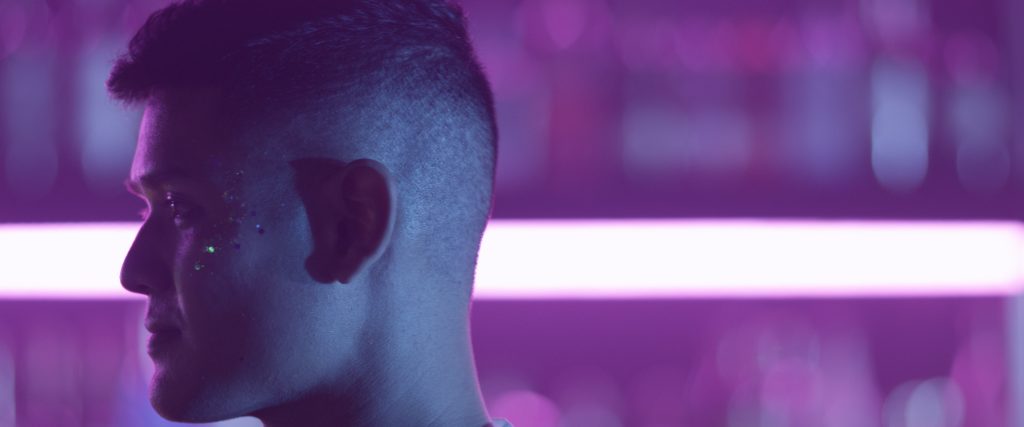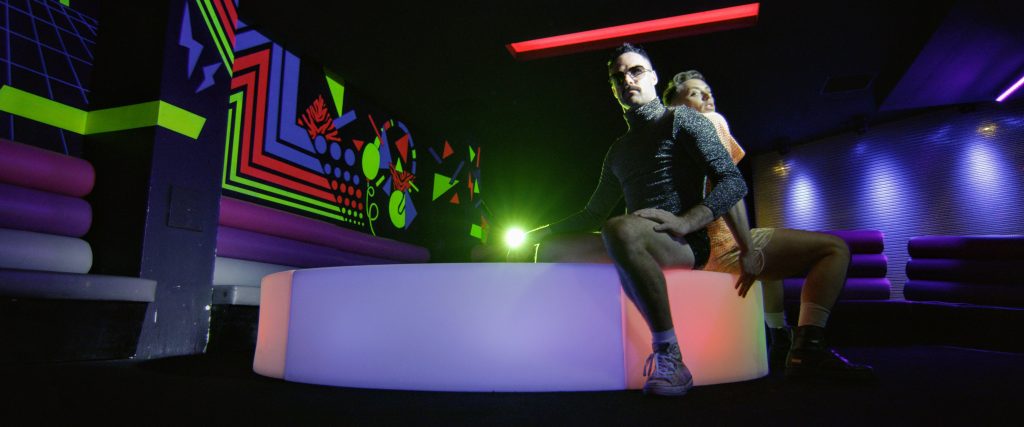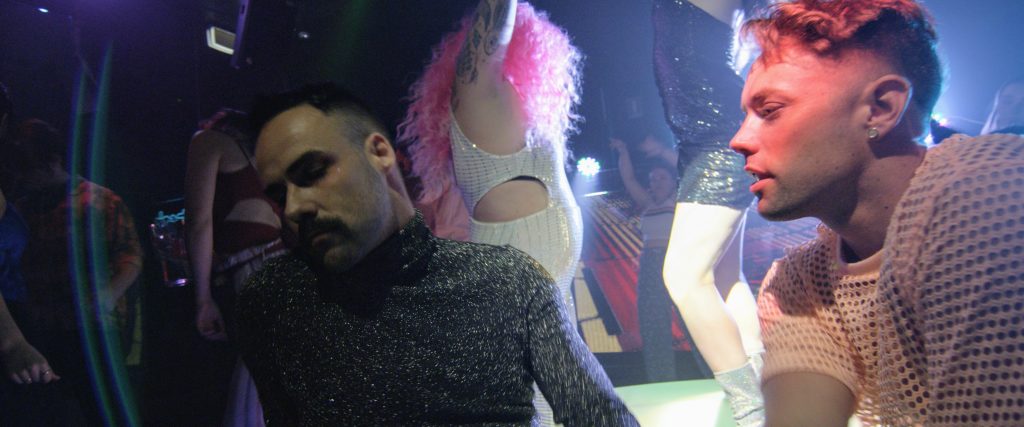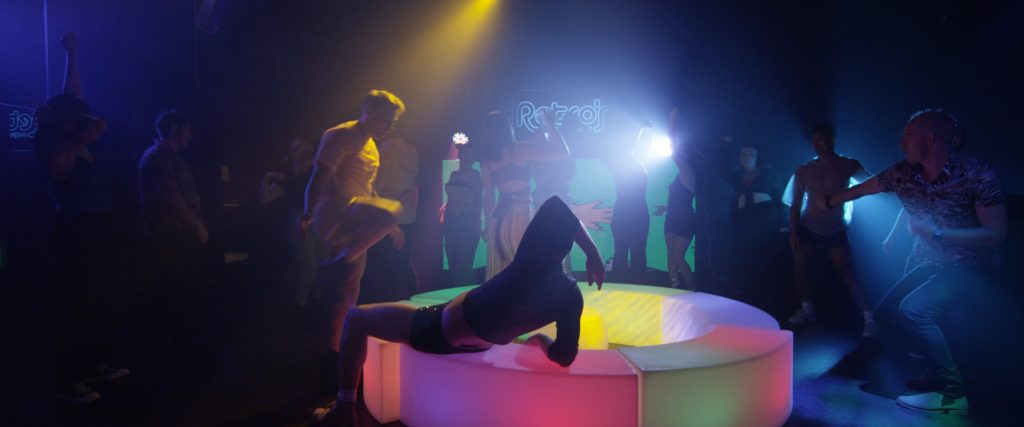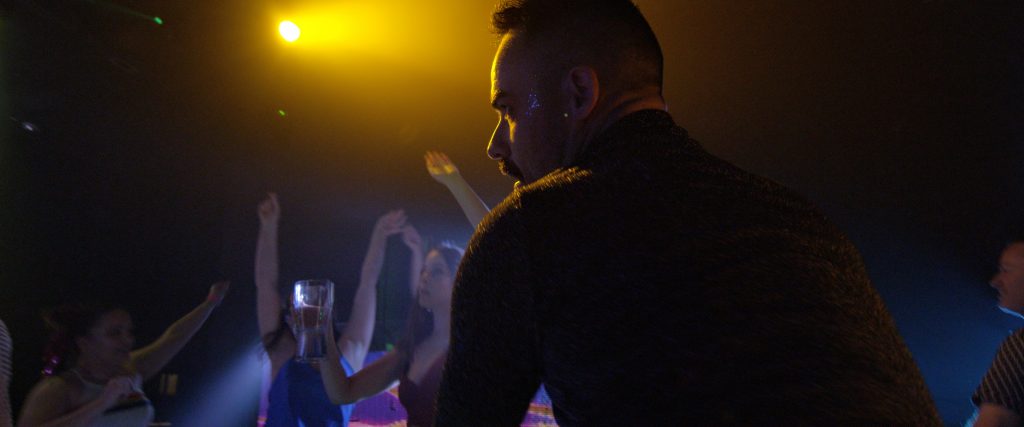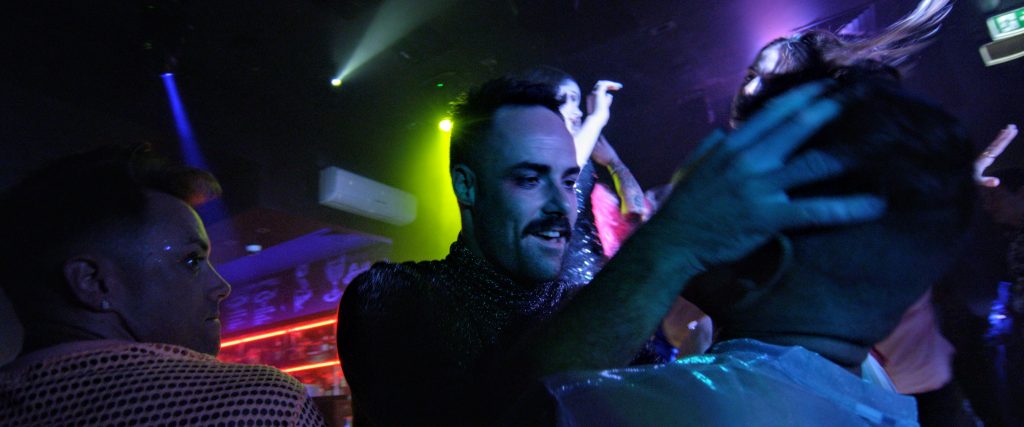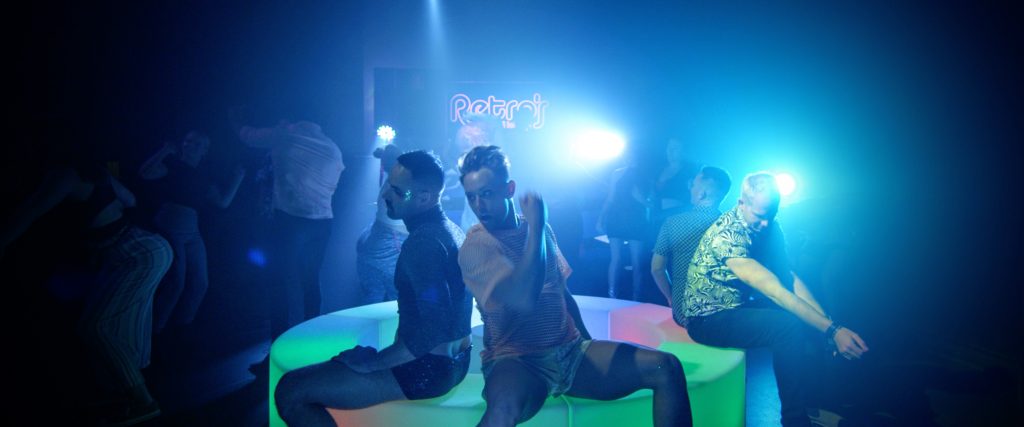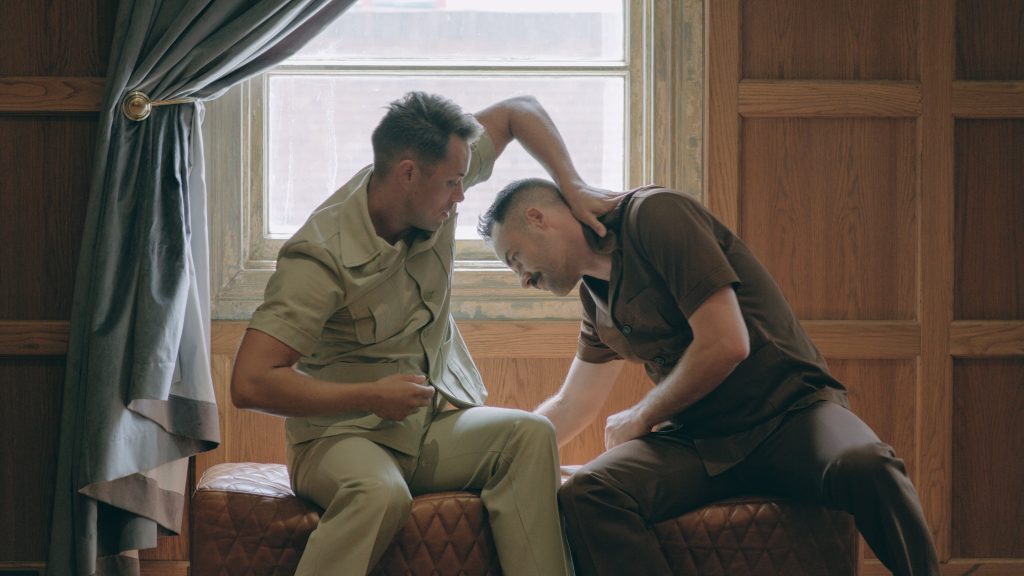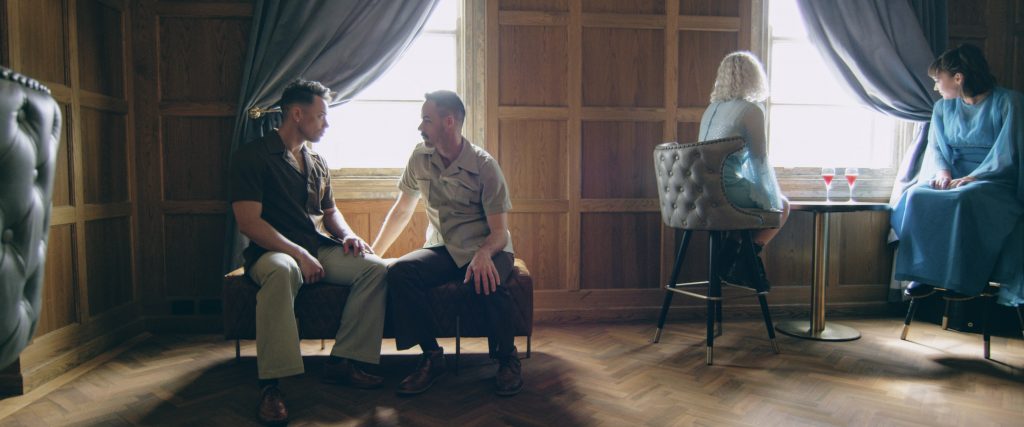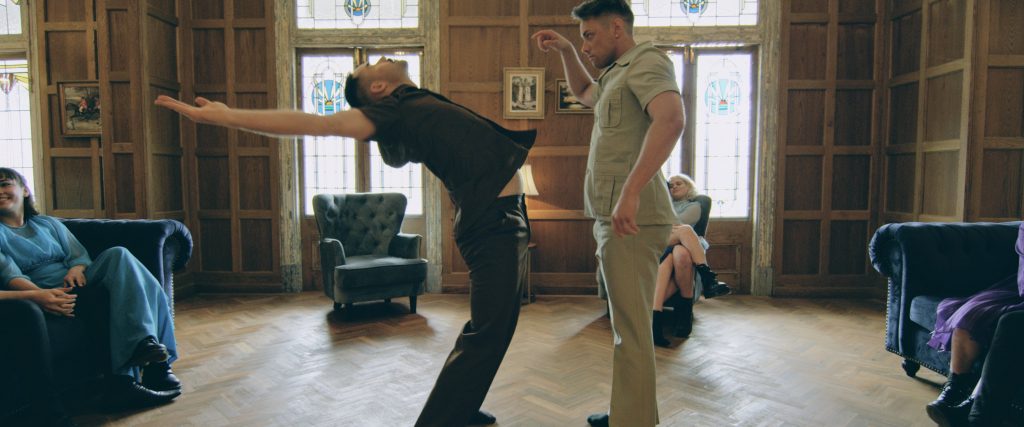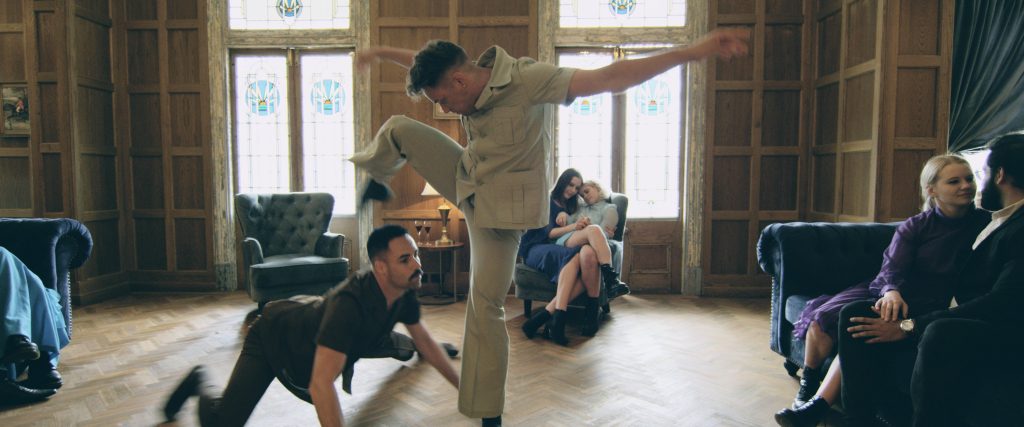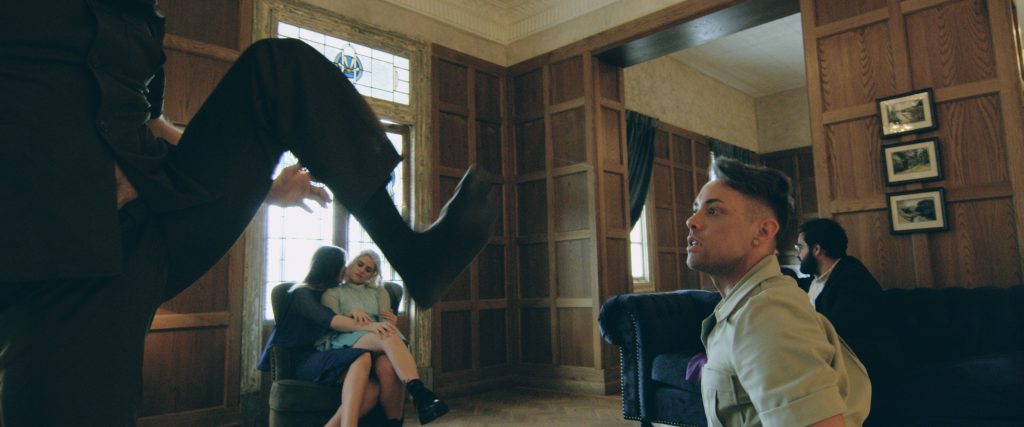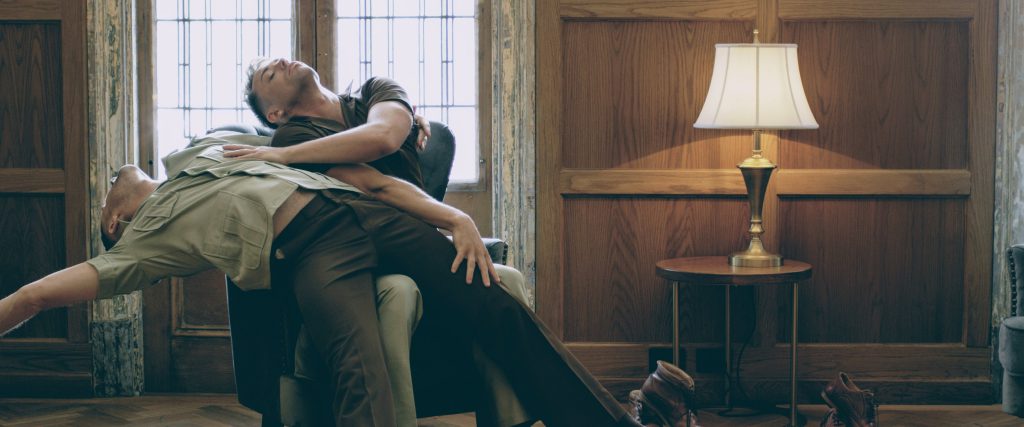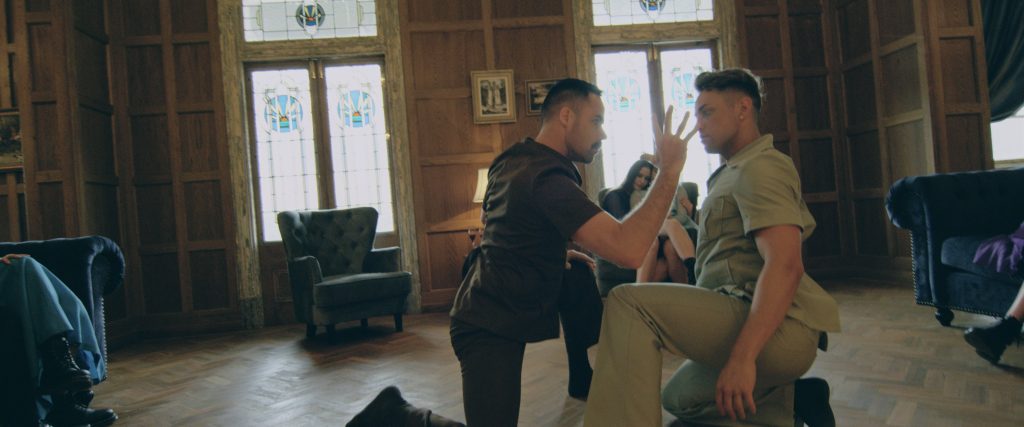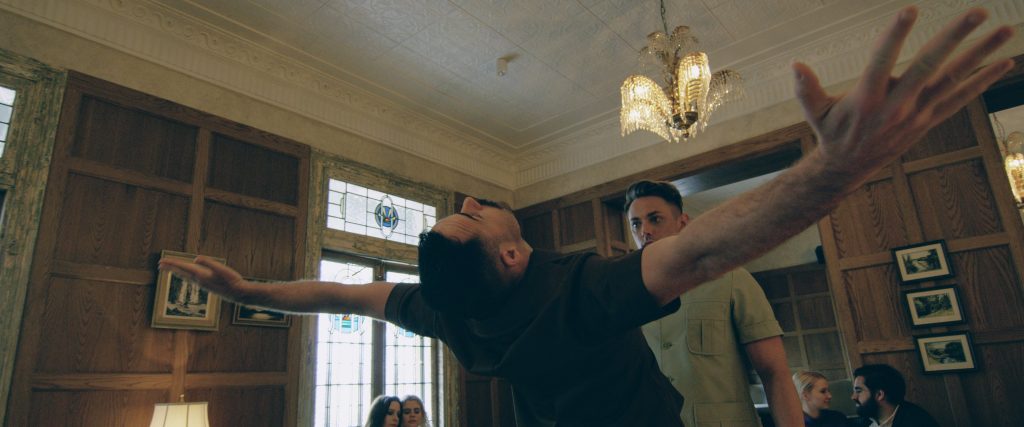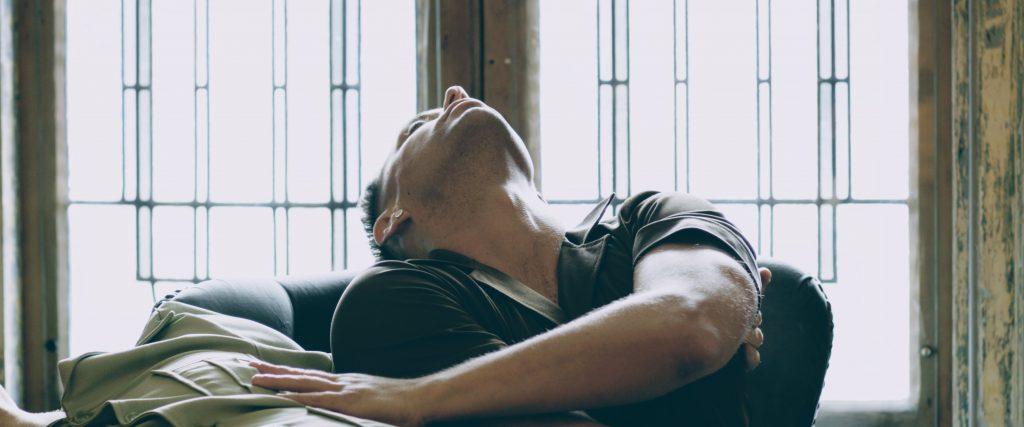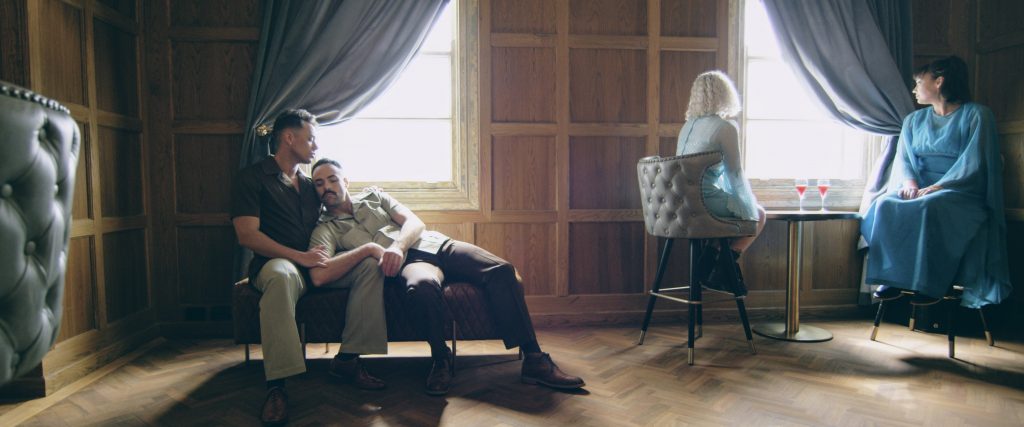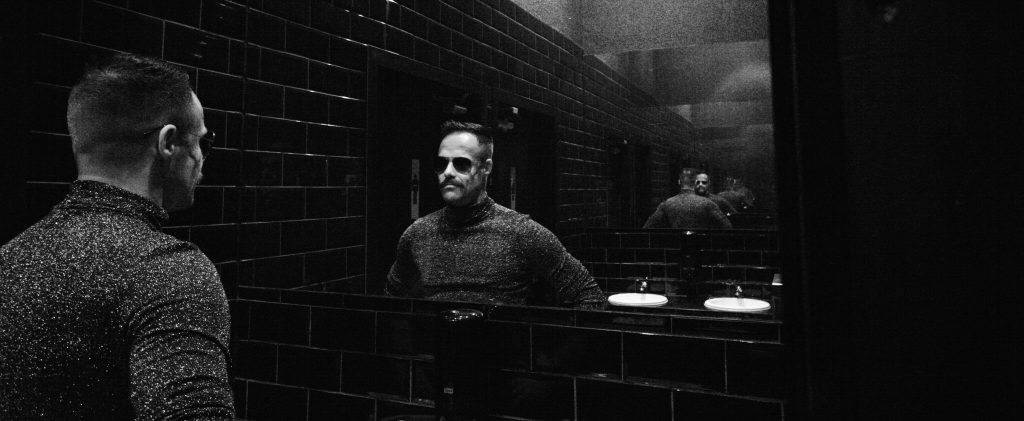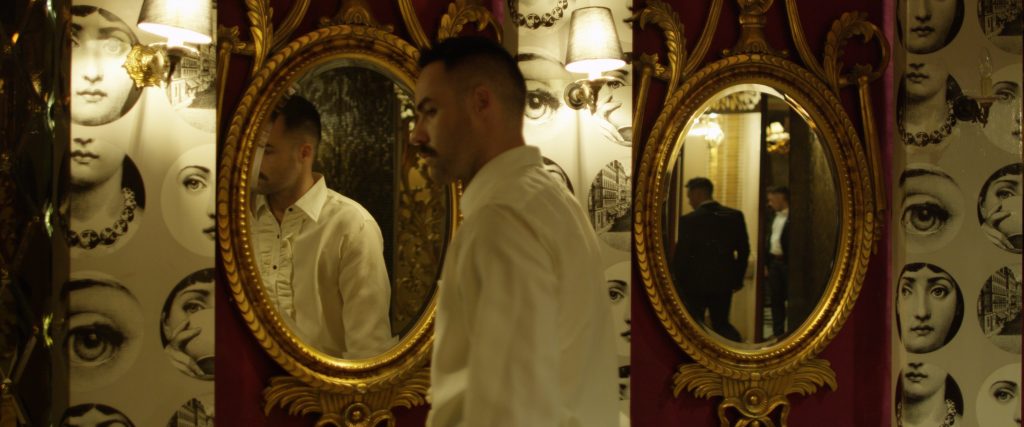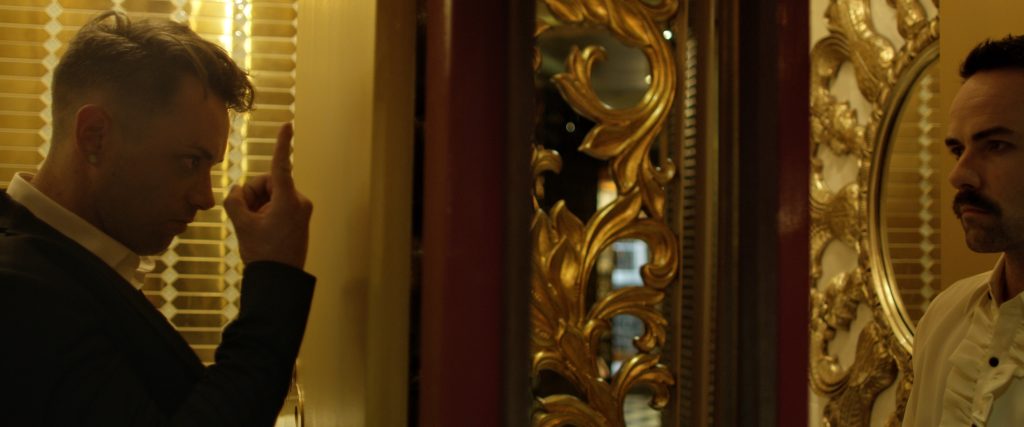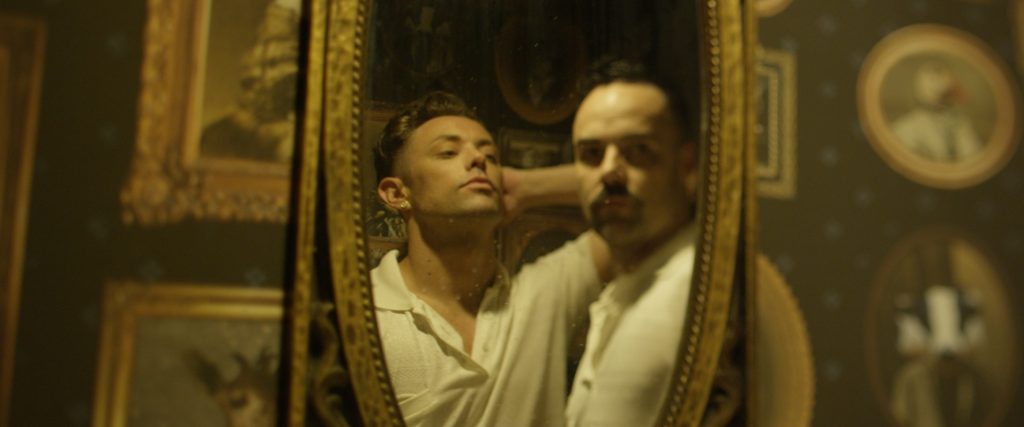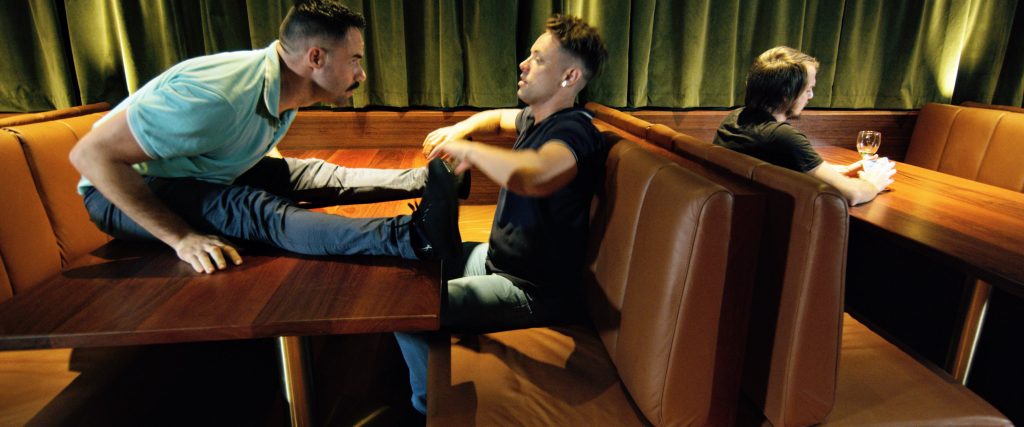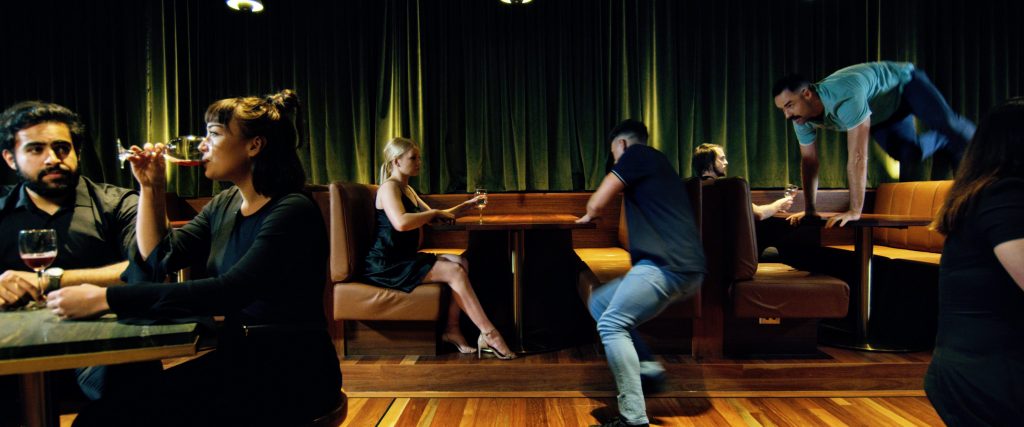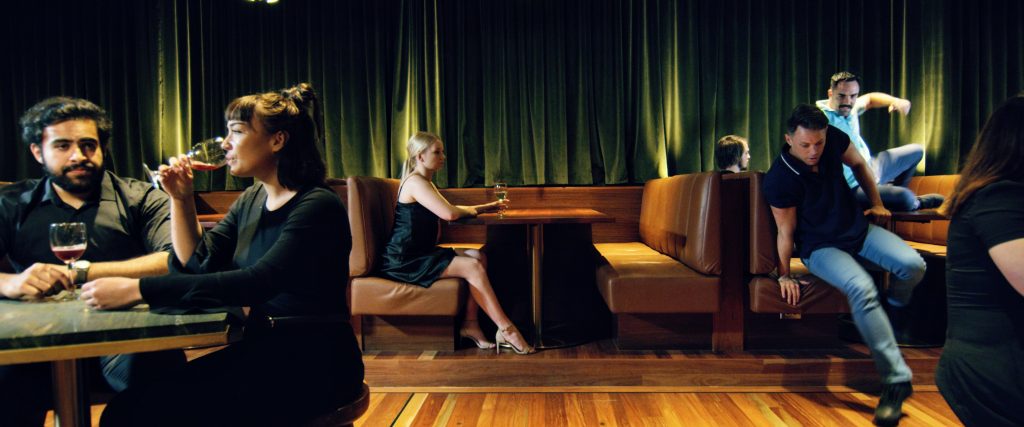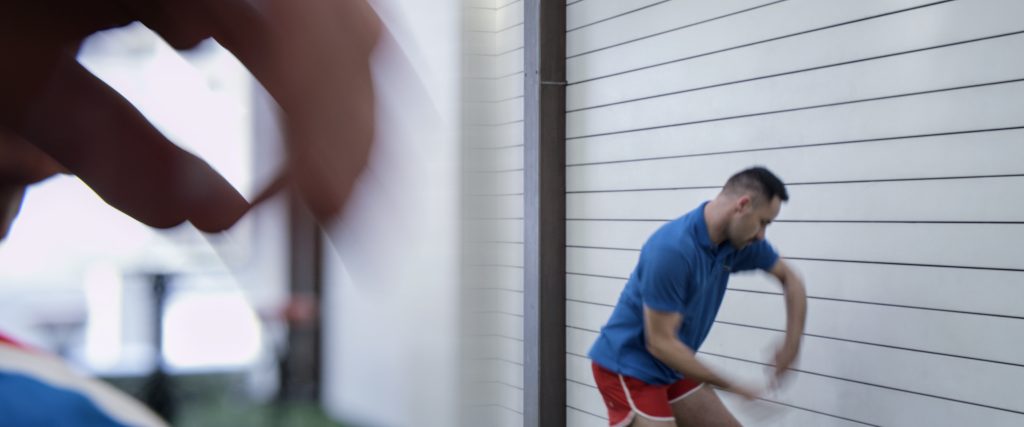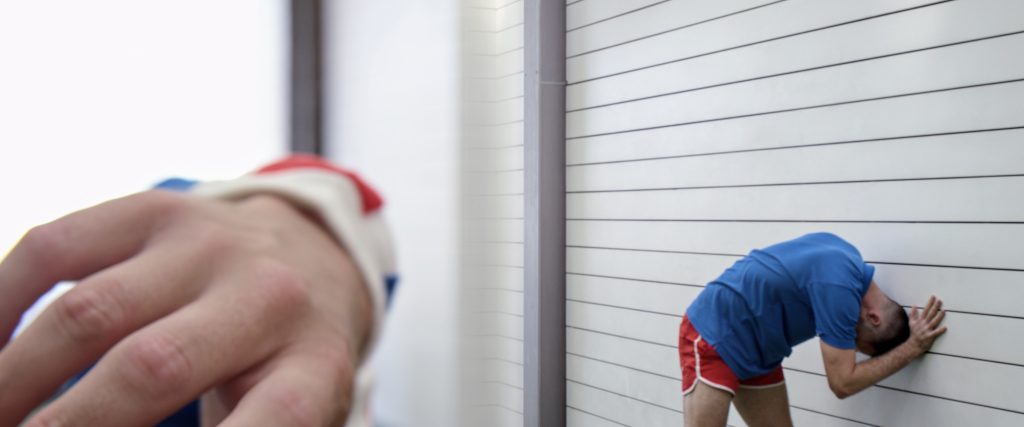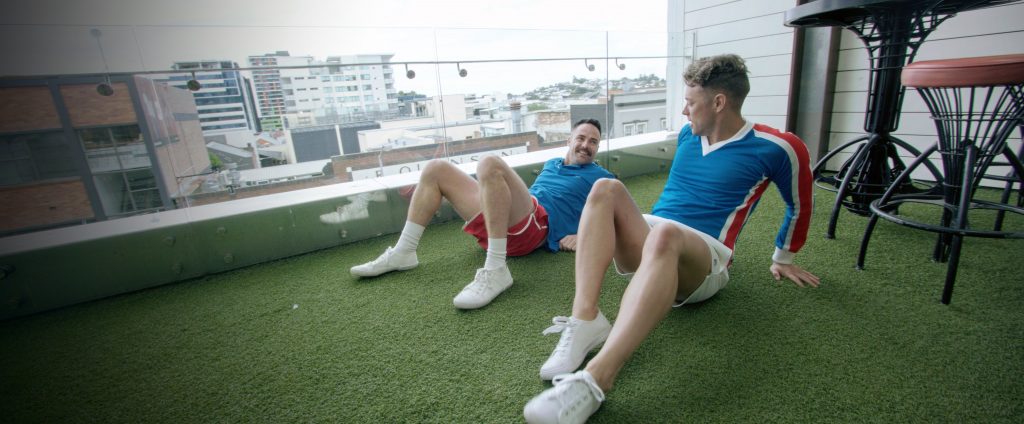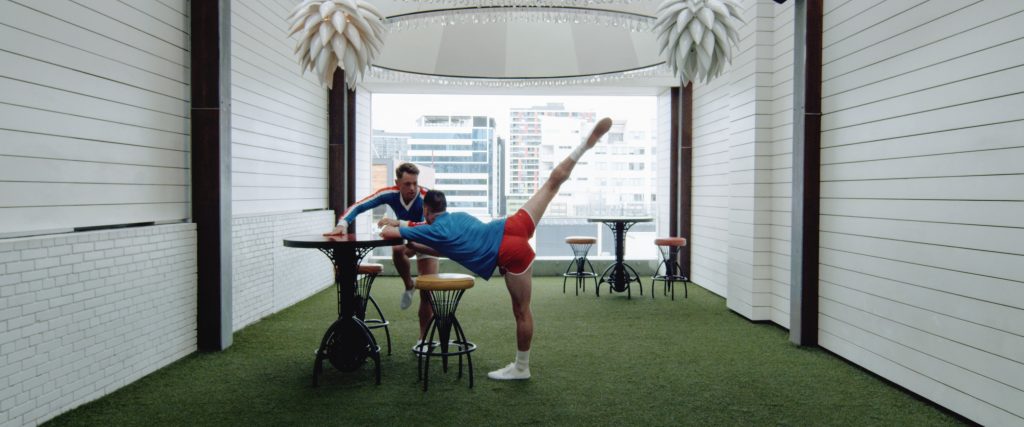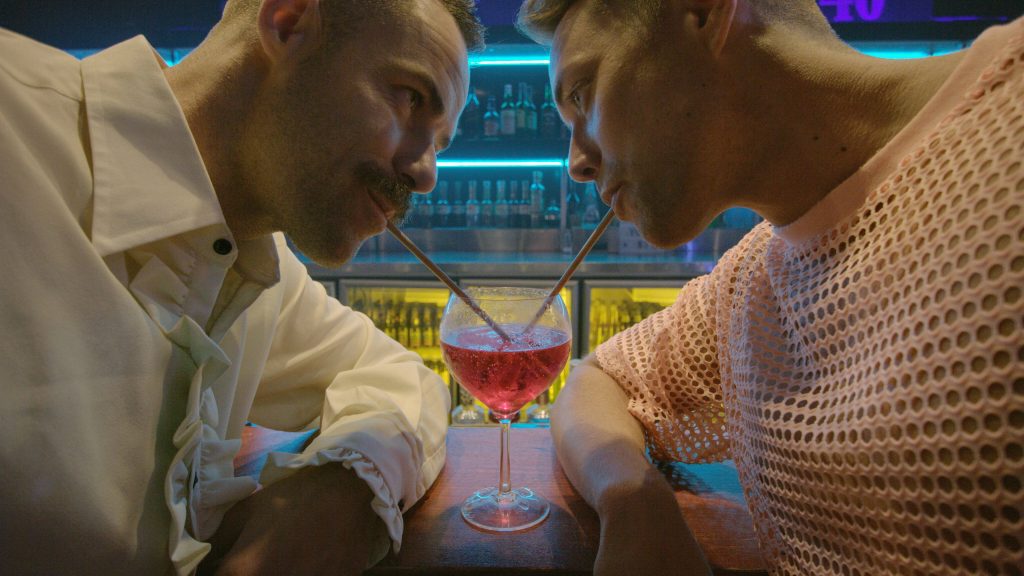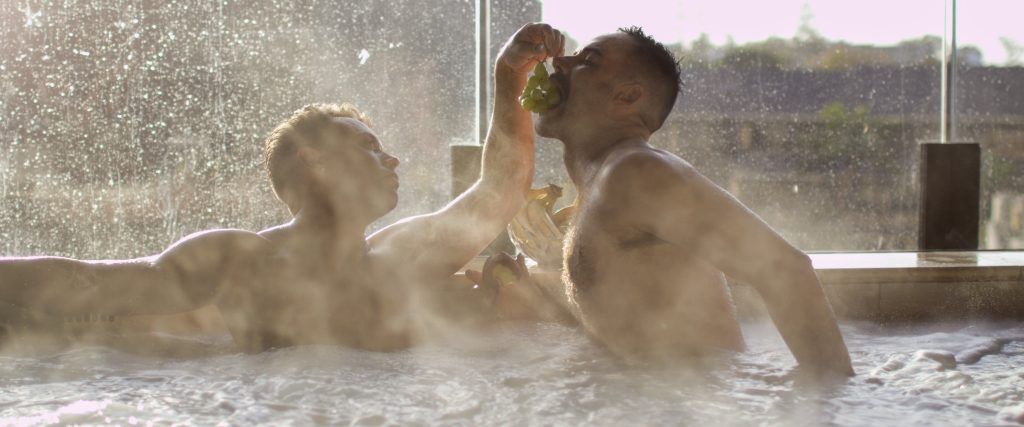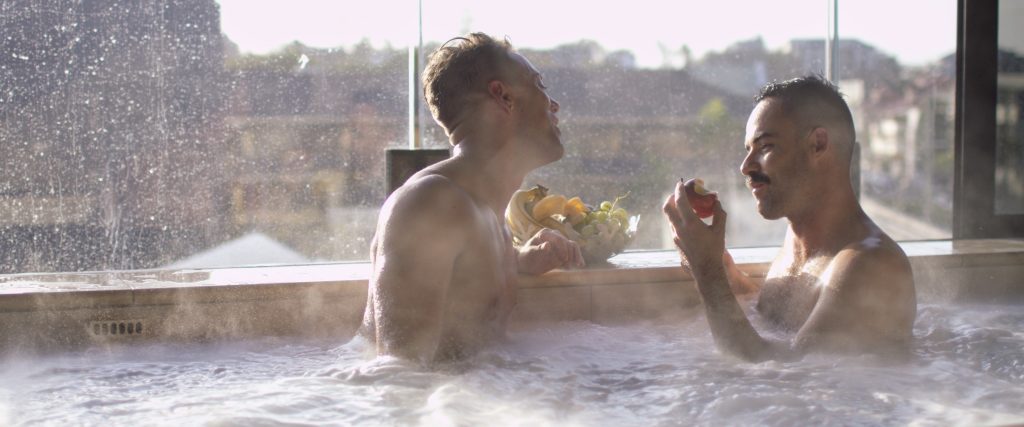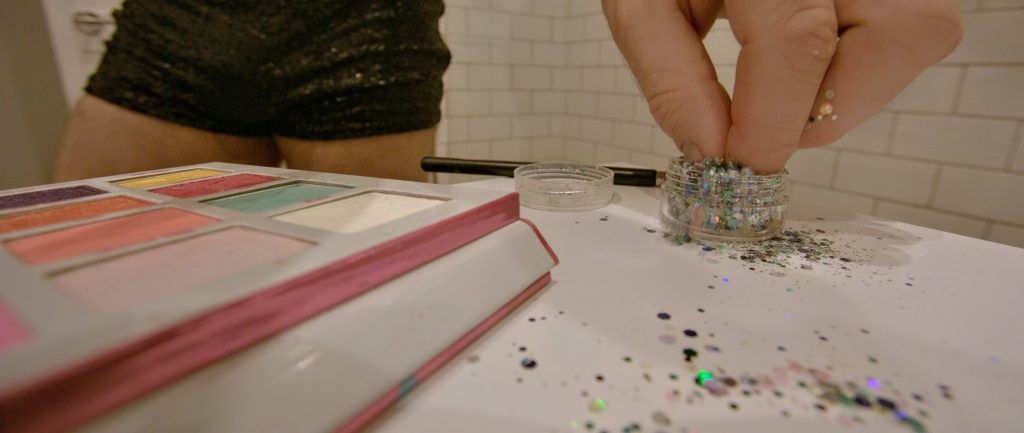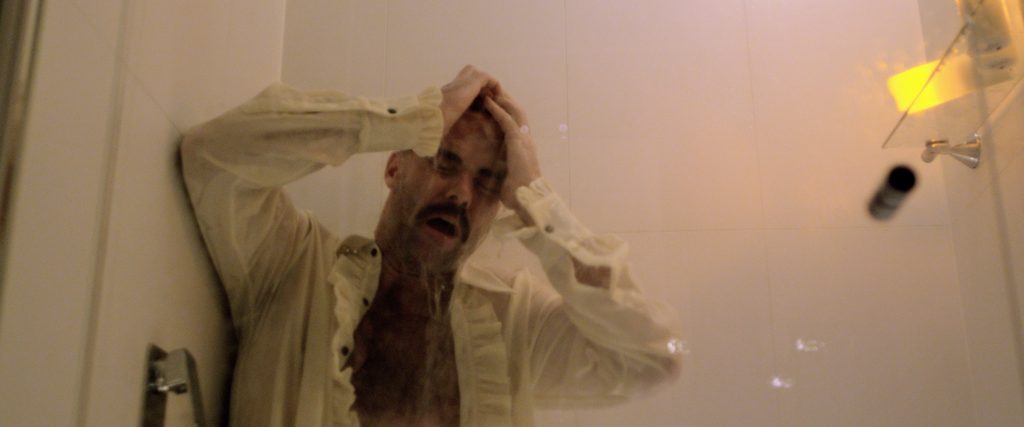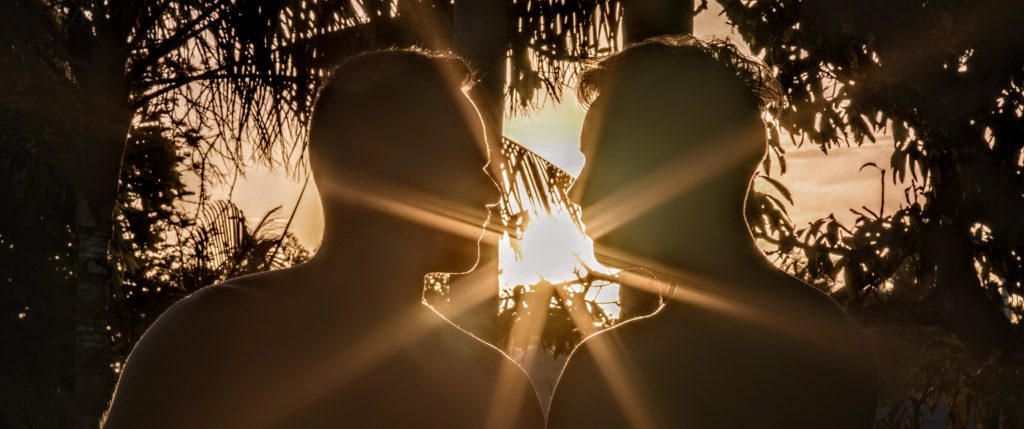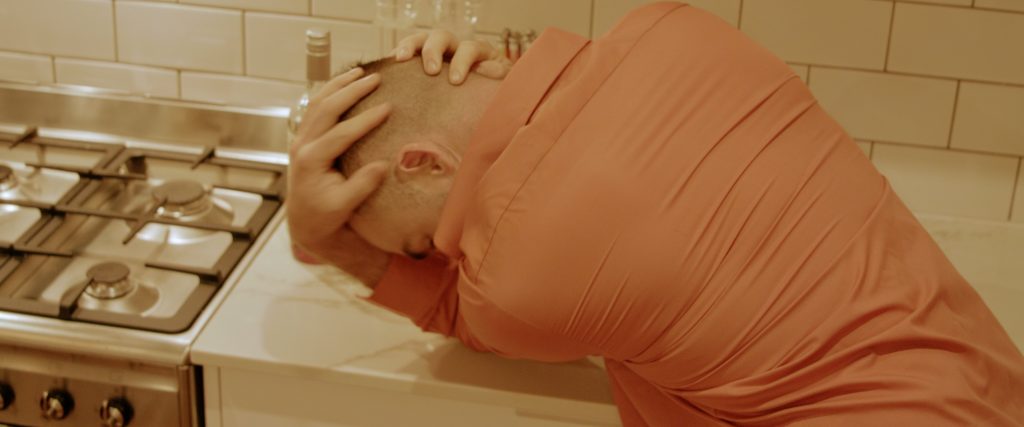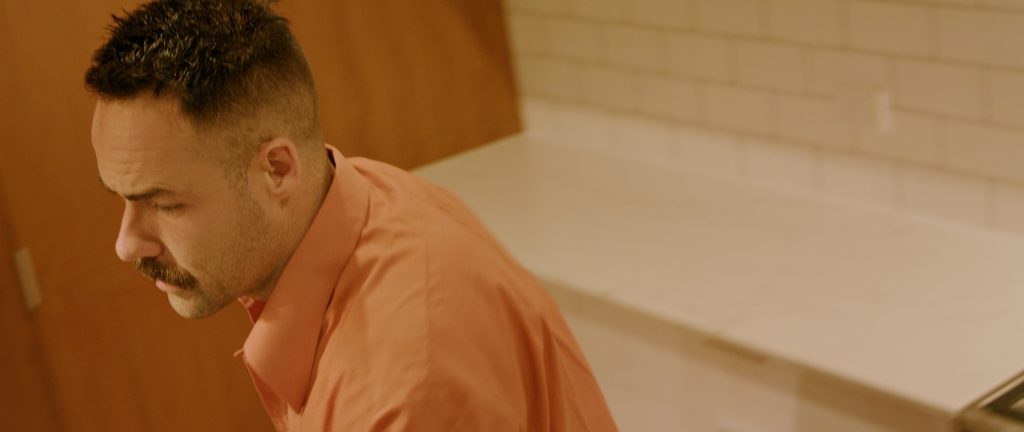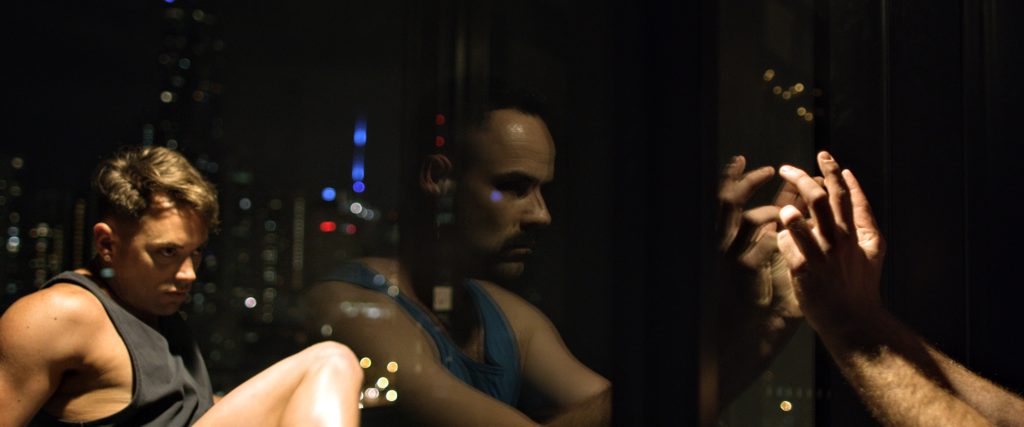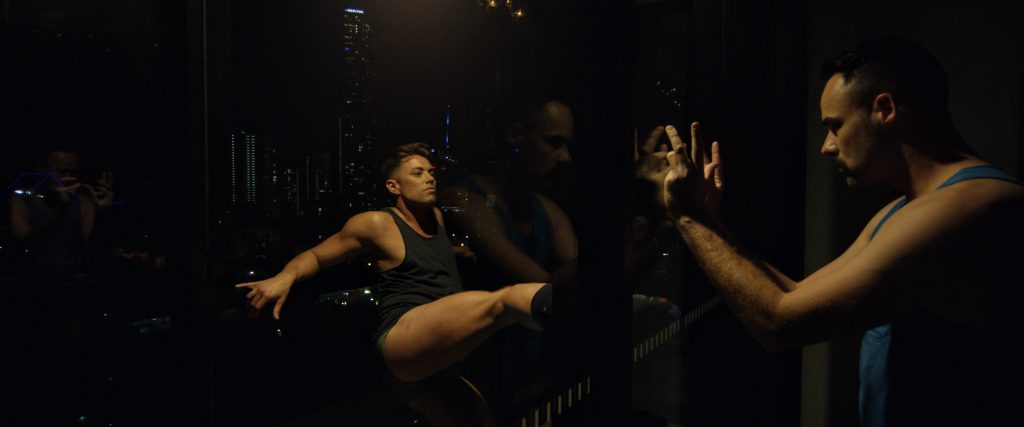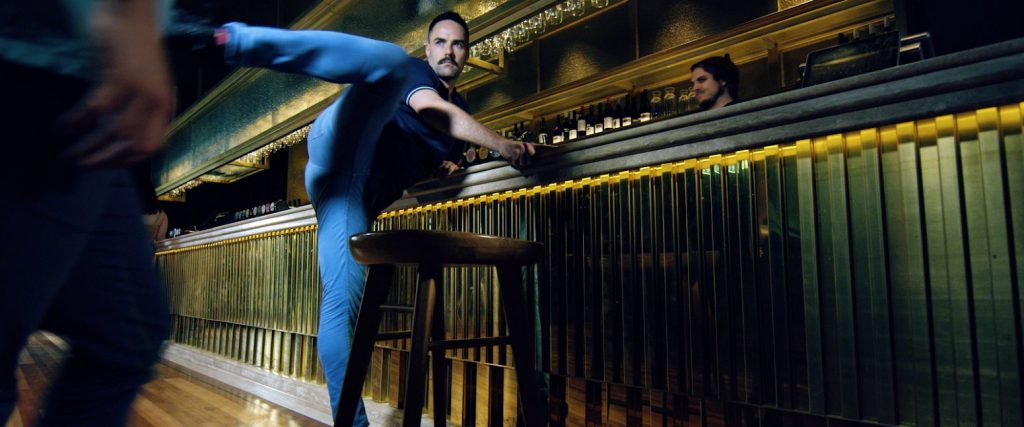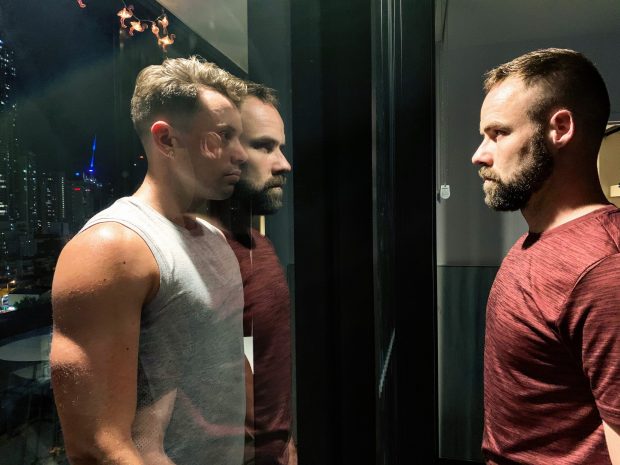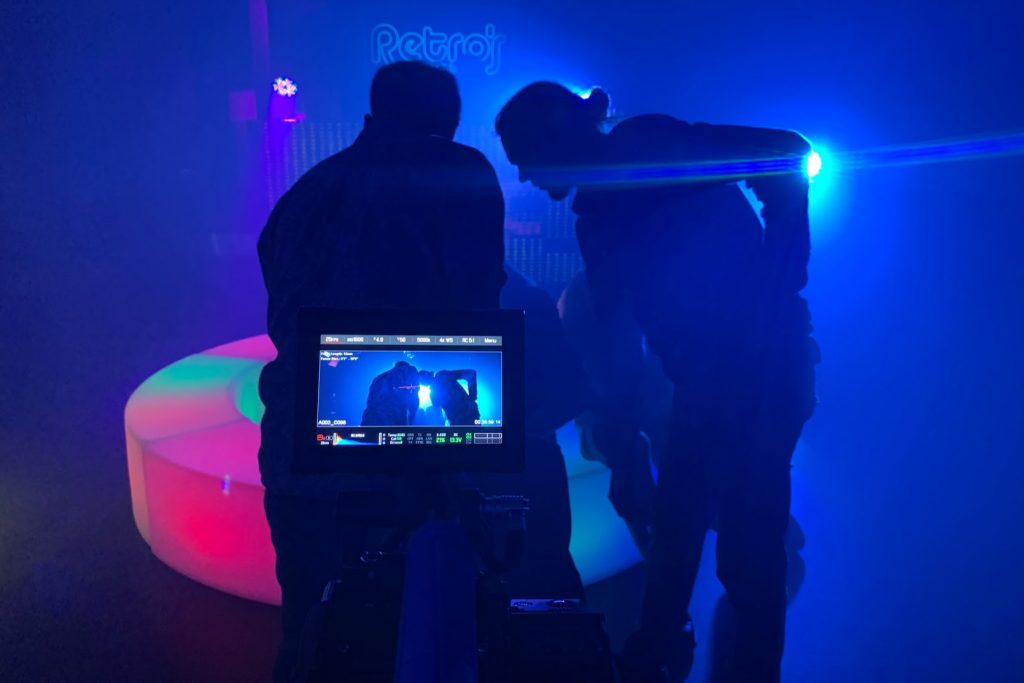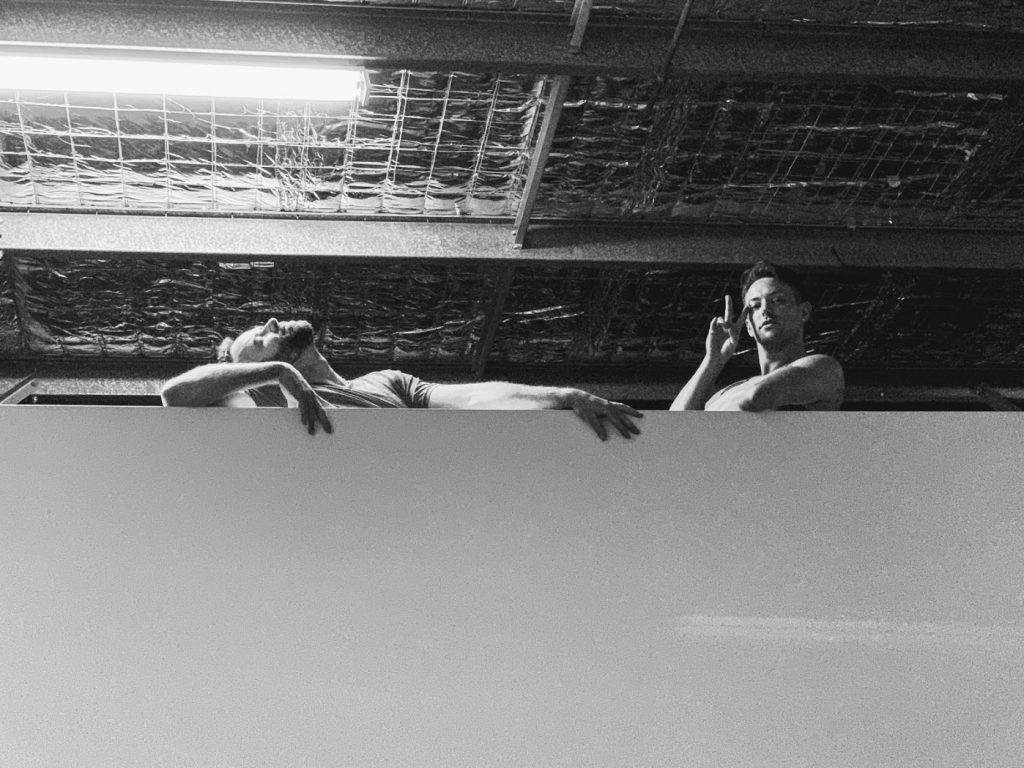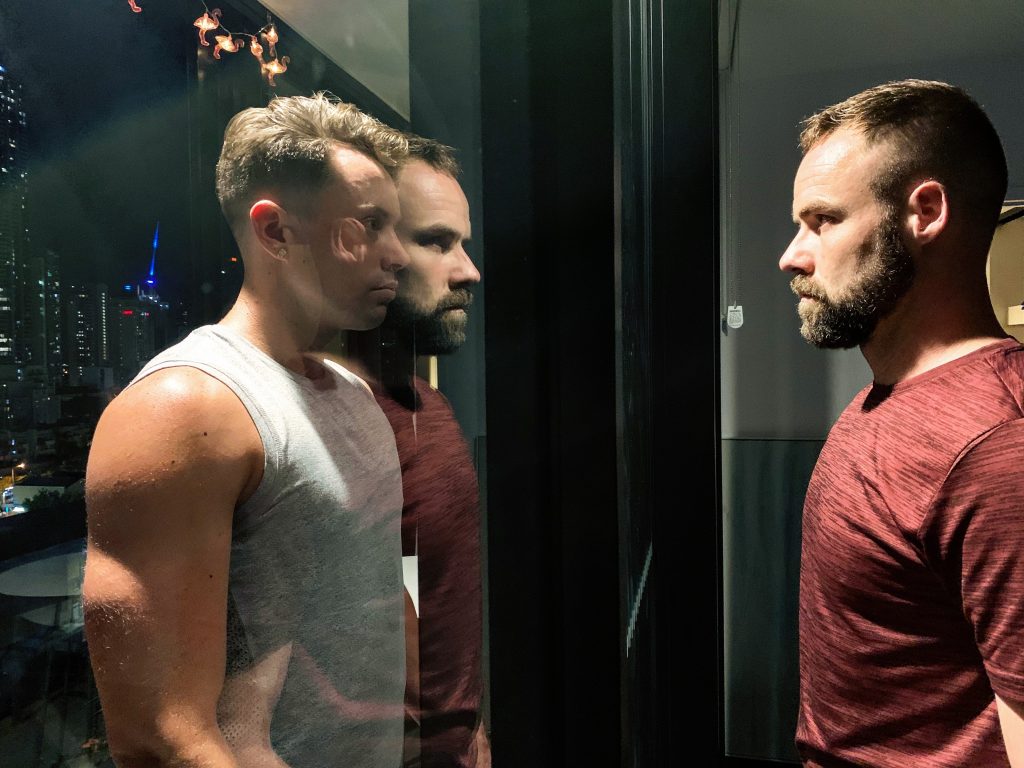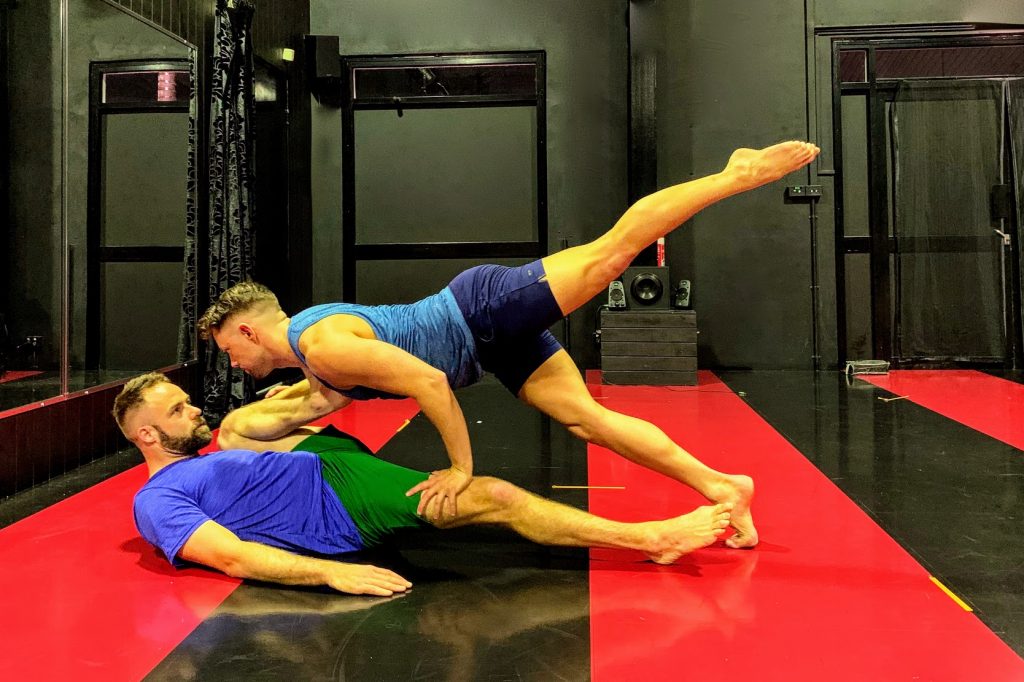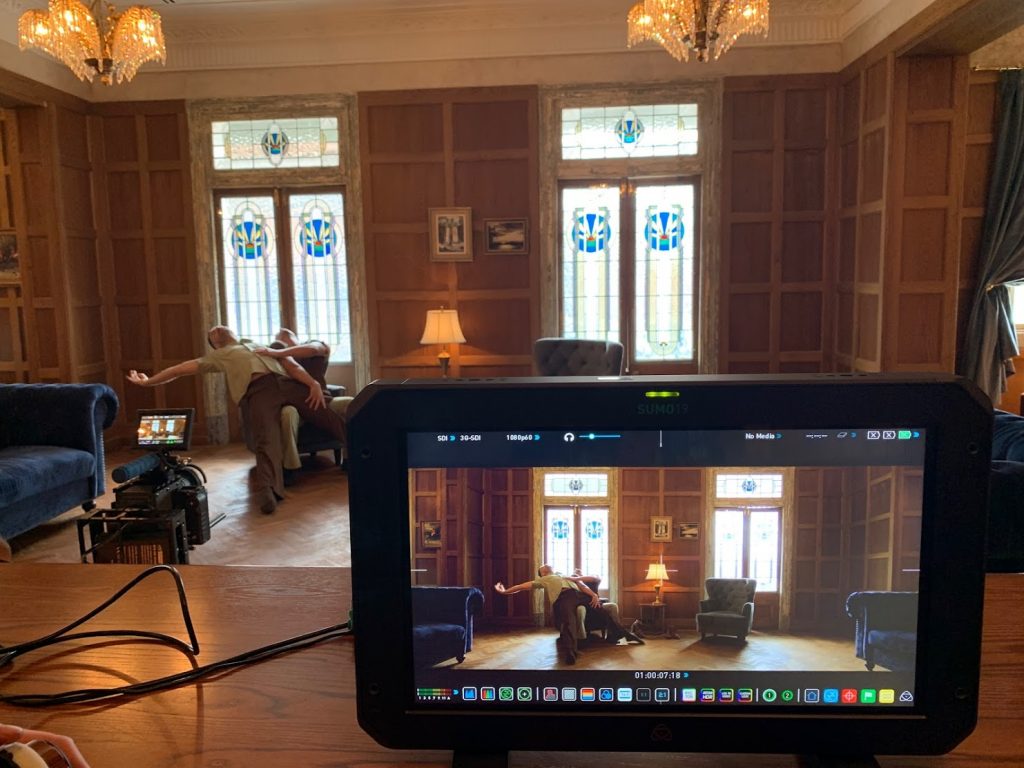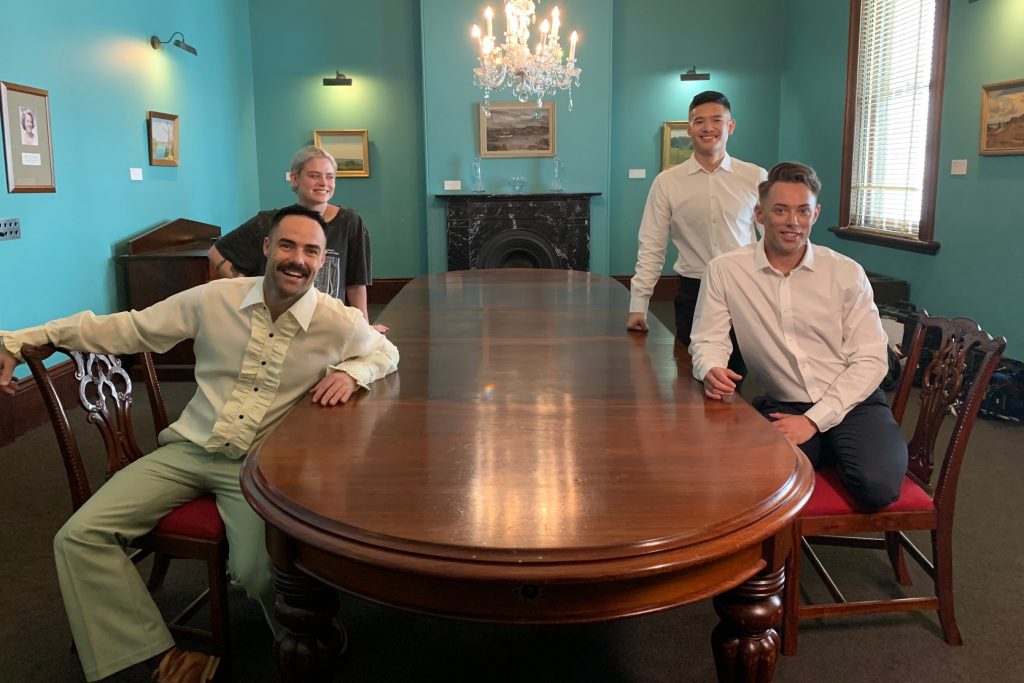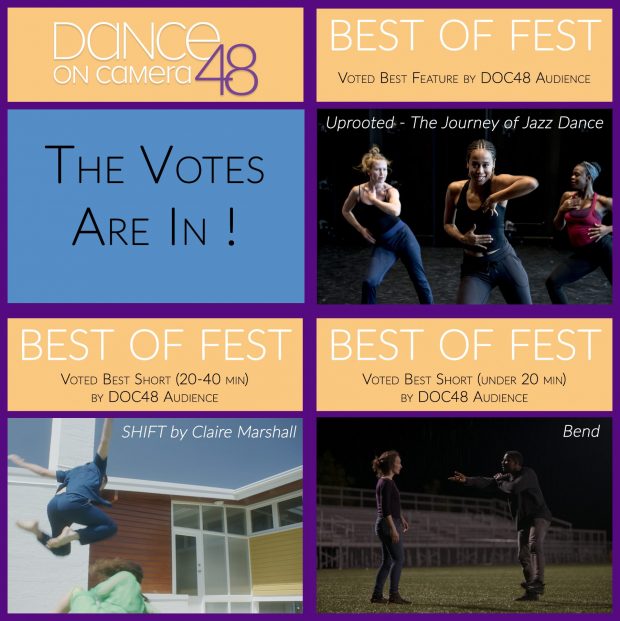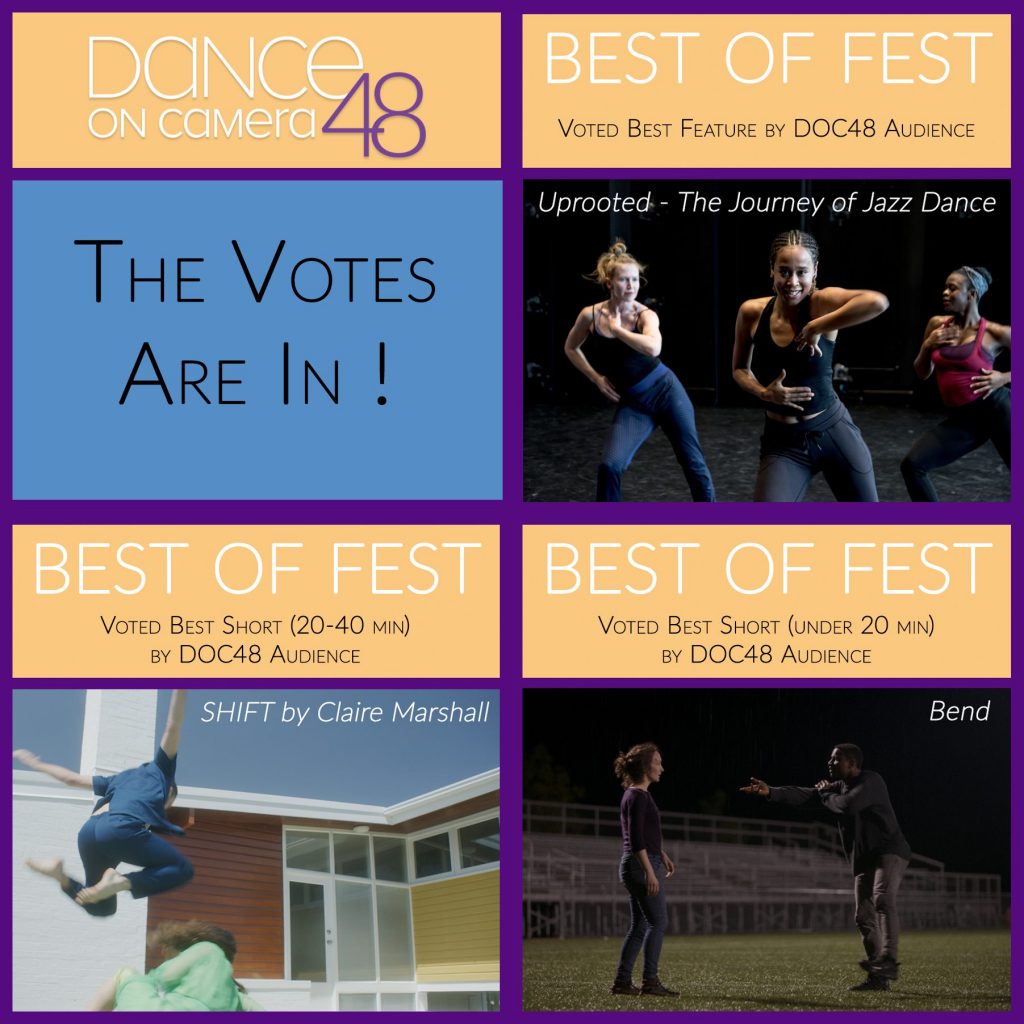I am thrilled that my dance film Shift was selected for the 27th Brisbane International Film Festival (BIFF) and is screening on Friday the 29th of October. I never thought I would have one of my dance films accepted into BIFF. Home turf can be tough. Plus, dance film does not often get much a of a look-in with the mainstream festivals, particularly given a dance film with a 32 minute duration.
Shift was made as an experiment as a part of my studies at the VCA, University of Melbourne. In late 2019 Shift previewed in Brisbane, and in July 2020 premiered at the 48th Dance on Camera Festival, New York where it won ‘Best of Fest’ in the 20-40 minute category. Following this, Shift won the cinematography category in the Silk Road Film Awards, France, won the Close:Up San Francisco Short Film Festival, USA (experimental category), won the Obskuur Ghent Film Festival, Belgium (dance film category) in 2021, won the Open Vision Film Festival, Moscow, Russia (dance film category), and won the dance film section in the Kadoma International Film Festival, Osaka Japan. Shift was also a finalist for an Australian Dance Award in 2020.
Shift has been screened as a featured work at The Dance (Lens) Festival at Dancehouse Melbourne, and programmed as an official selection in the Cascadia Dance Film Festival, Canada, Birmingham International Dance Festival, England, Mill of Performing Arts Festival, Larissa Greece, Defy Film Festival, Nashville Tennessee, and at The International Meeting on Videodance and Video Performance (EIVV, Valencia, Spain), dually with the Festival International de Vidéo Danse de Bourgogne (Burgundy, France). Shift was selected again for the 49th Dance on Camera, New York, programmed with significant films over the 49 year history of the festival and most recently at the prestigious London International Screen Dance Festival in August 2021.
The screening at BIFF is the absolute icing on the cake at the end of an amazing 18-month run of the film with 18 screenings over the globe commencing and concluding in Brisbane at BIFF. Shift screens in BIFF’s ‘Australian Festival Highlights’ at the Palace James St, New Farm. Congratulations to the team involved: Richard Causer, Lucy Hood, Kevin Holloway, Amelia Le-Bherz and the fabulous extras too.
